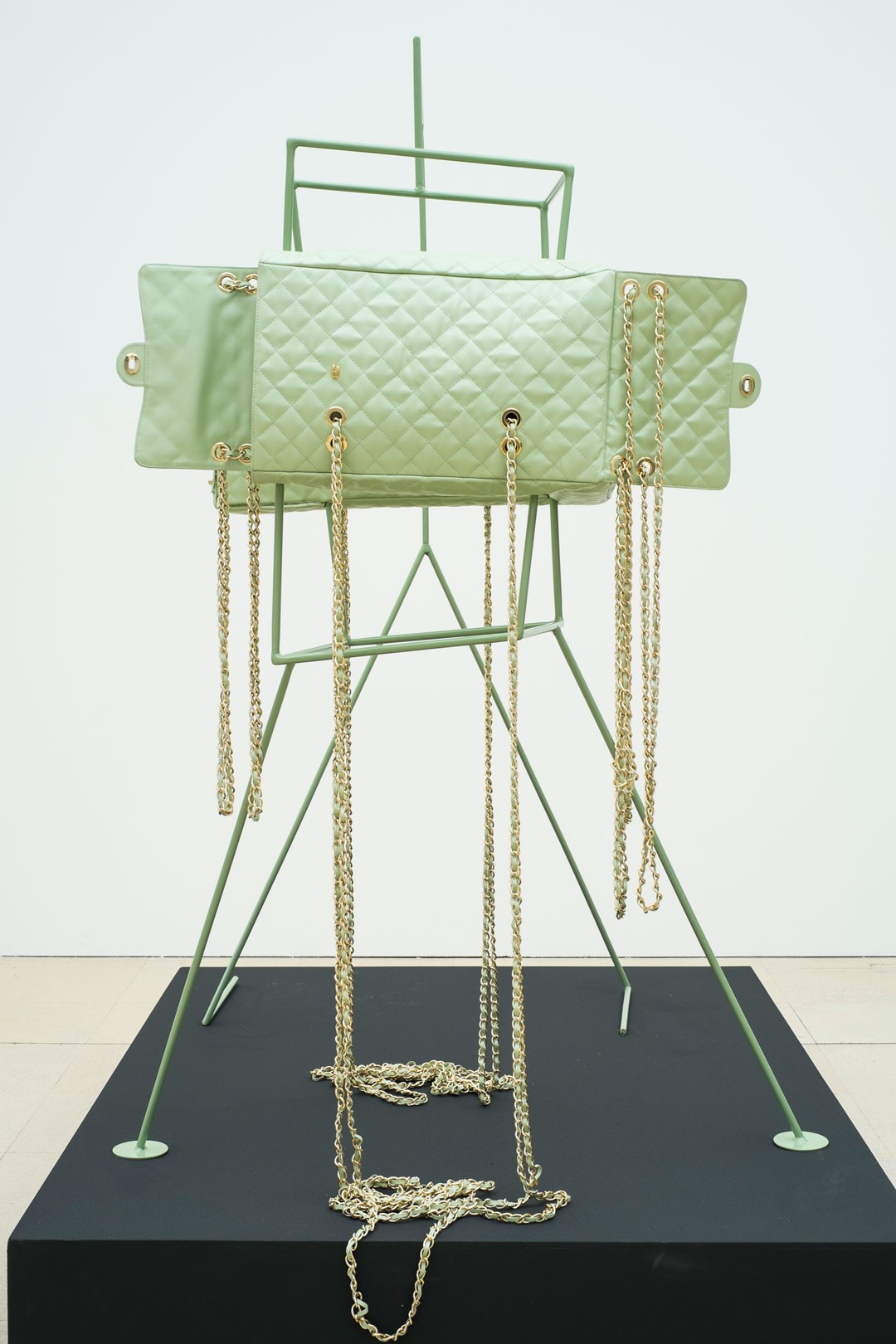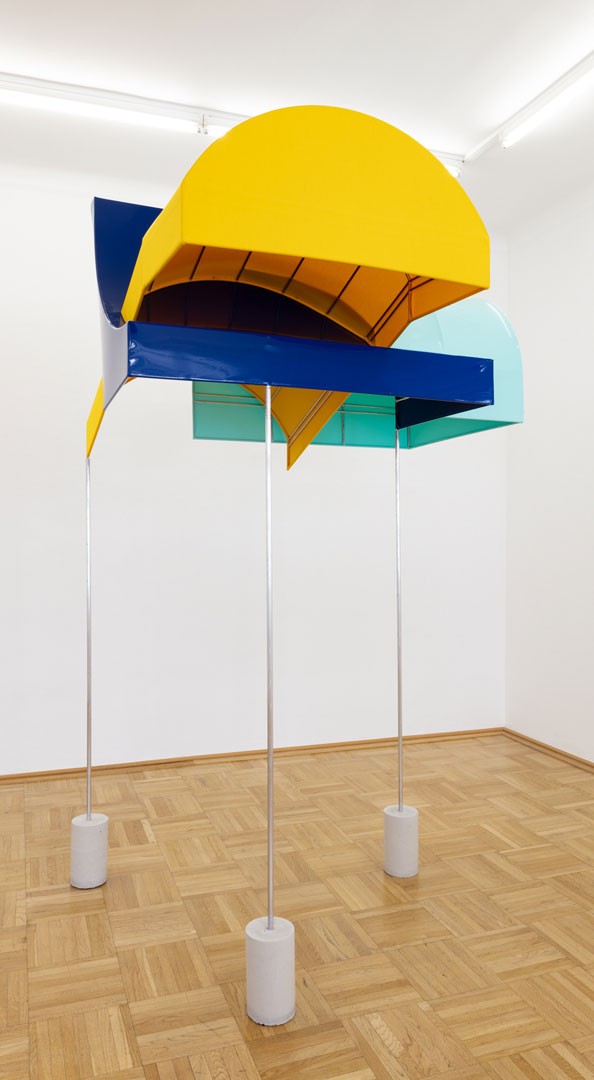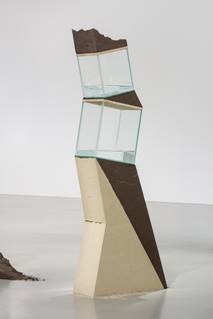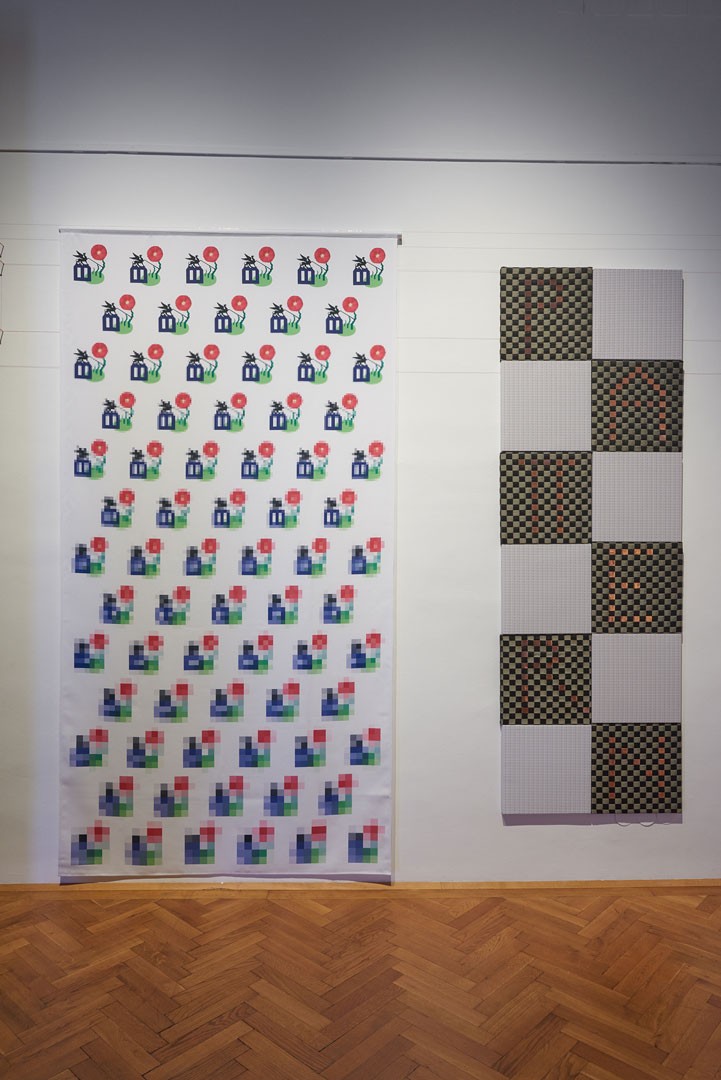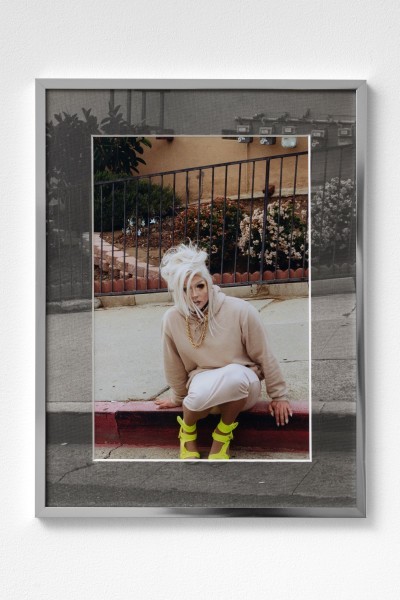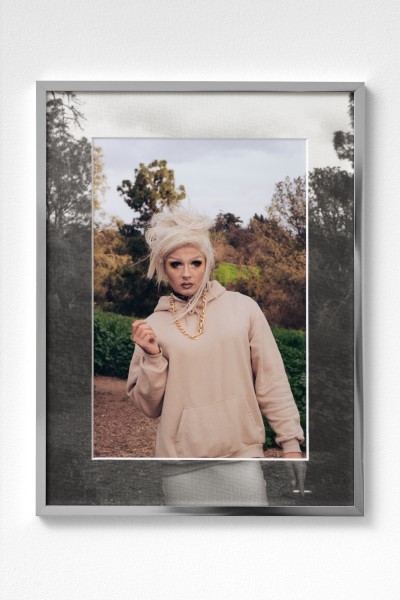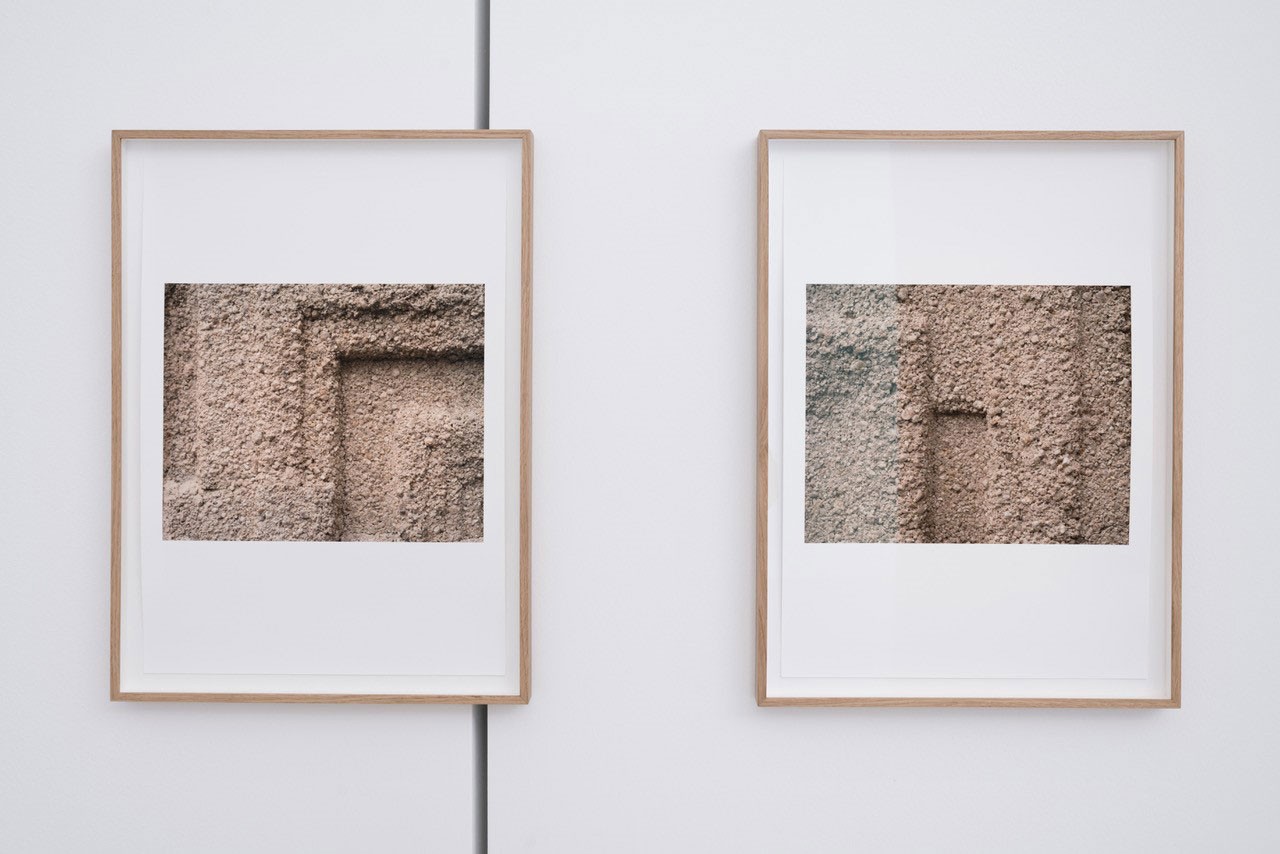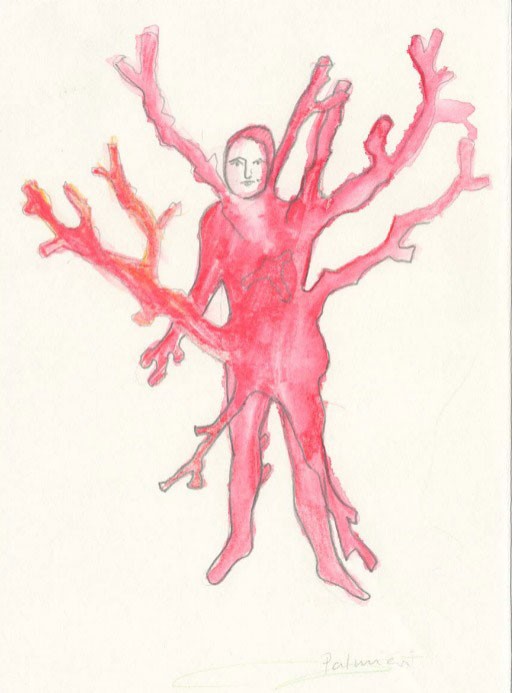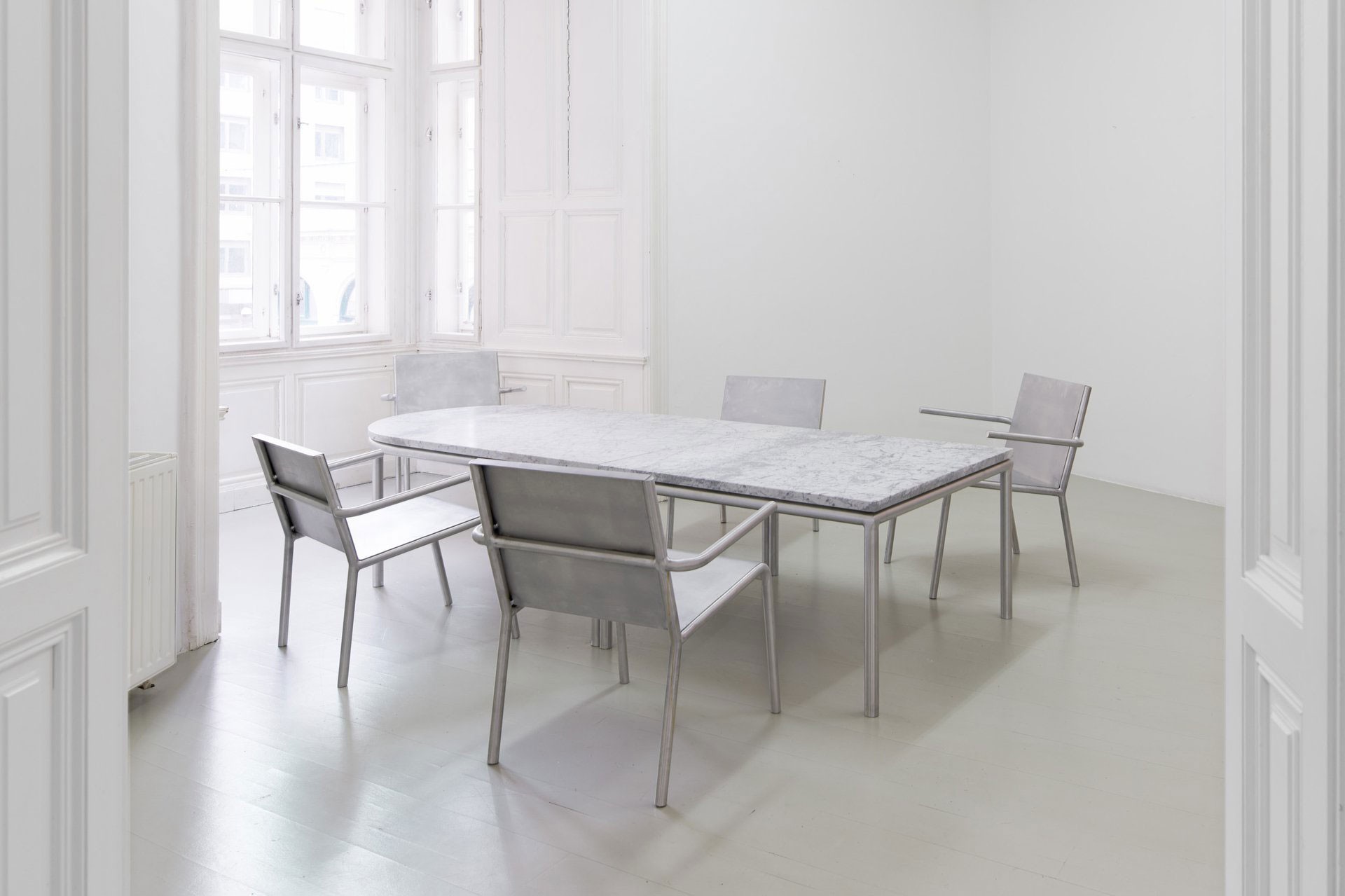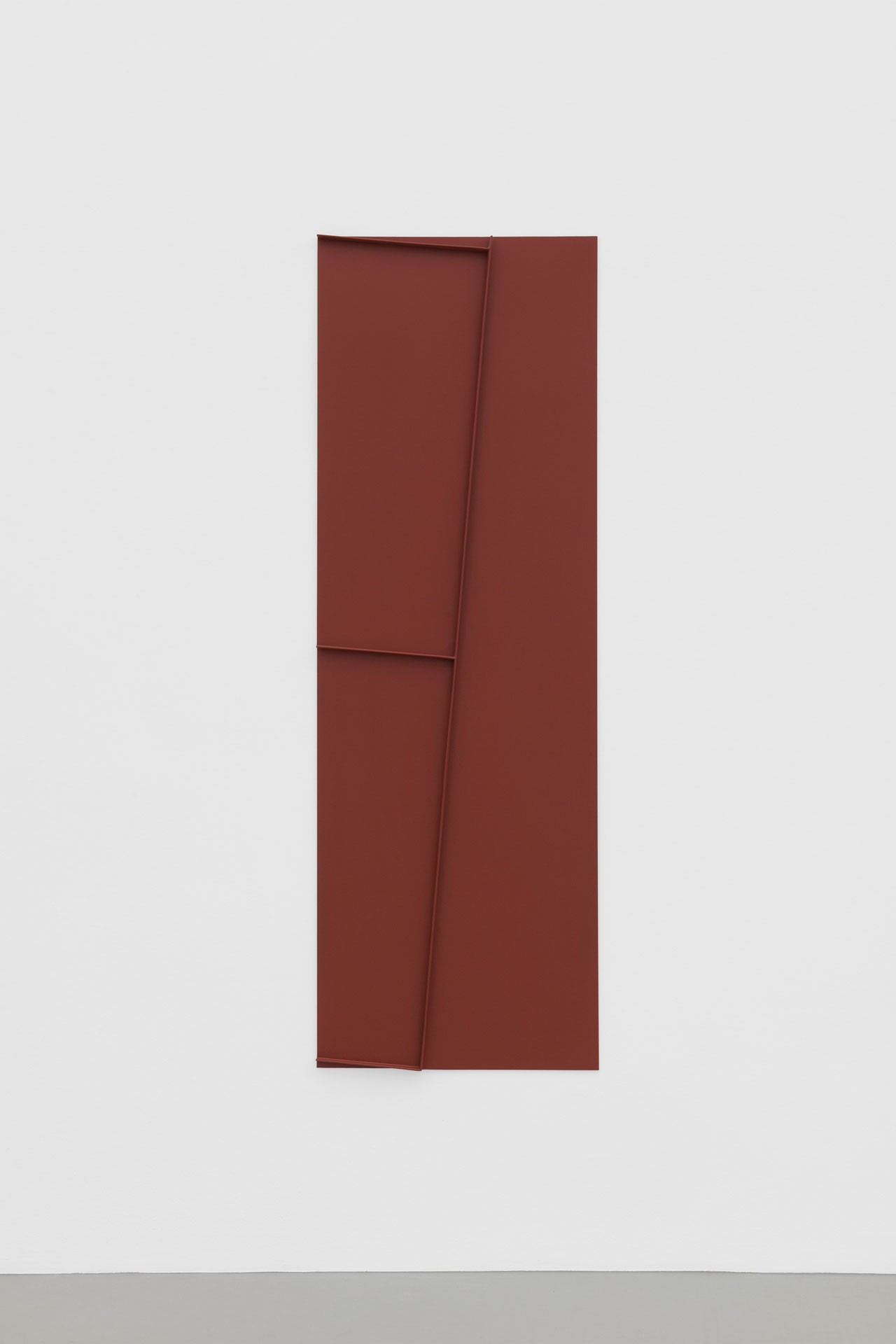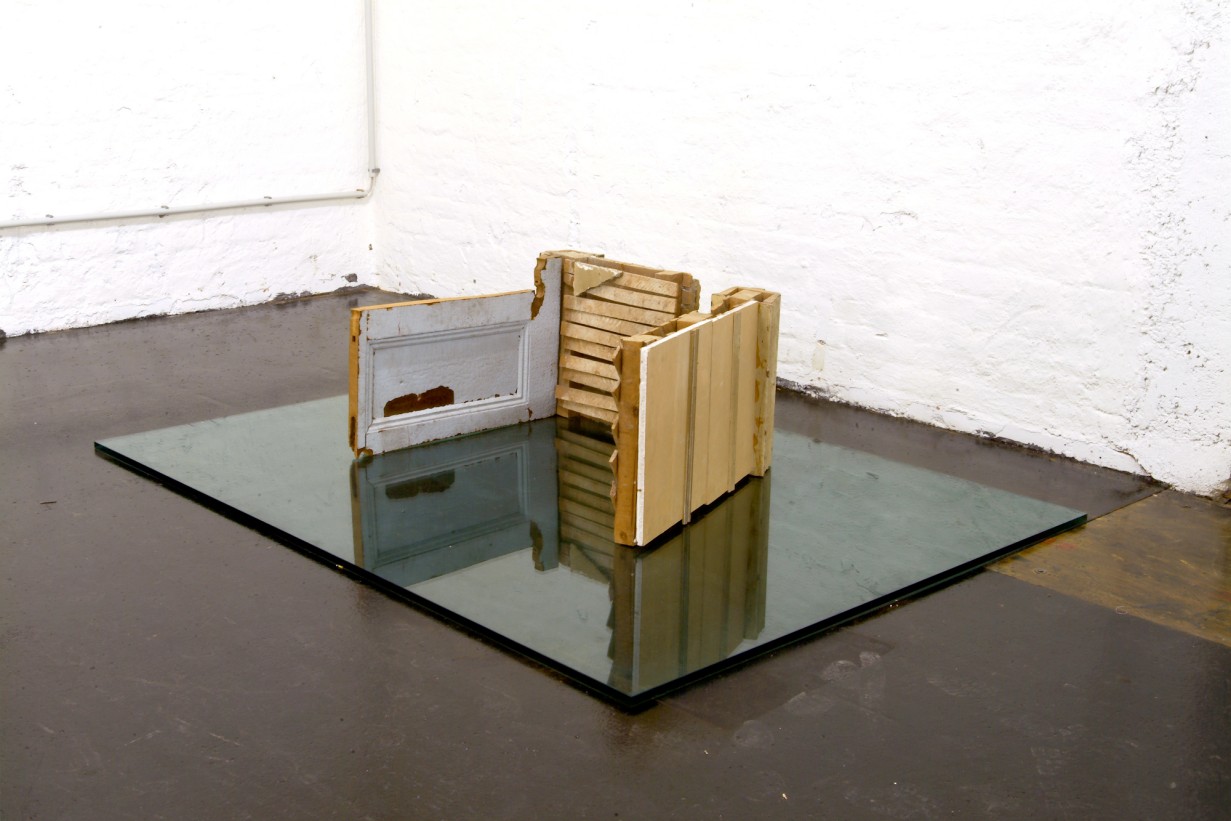
Acquired for the MAK Contemporary Art Collection
from funds provided by 2009–19 gallery grants of the Federal Ministry for Arts, Culture, the Civil Service and Sport
Previous Image
AQUISITIONS 2022
GK 759
Benjamin Hirte
Aloa Table, 2020
Sculpture
Aluminum, marble
250 × 100 × 58.5 cm
GK 760
Benjamin Hirte
Aloa Chair, 2020
Sculpture
Aluminum
70 × 50 × 65 cm
GK 763
Florian Pumhösl
[Canal Section VI], 2017
Relief, part 1
Anticorrosive paint on galvanized sheet steel
220 × 74 cm
GK 754/1-7
Katrina Daschner
Golden Shadow, 2022
Series of seven drawings
Ink and colored pencil on paper
each measuring 30 × 23.8 cm
GK 756
Katrina Daschner
Glowing Pearls, 2021
Embroidery
Threads and beads on fabric
GK 757-1
Katrina Daschner
Untitled (Costa), 2000
Photo collage
framed 36 × 36 cm
GK 757-2
Katrina Daschner
Trust in Me [Wasted Couple], 2000
Photo collage
framed
36 × 36 cm
GK 764
Dorit Margreiter
Textile Blocks, 2019
Series of three photographs
AQUISITIONS 2021
GK 740
Angelika Loderer
Untitled (Foster II), 2021
Sculpture
Sand, glass, water, wood
Size varies
GK 743
Jakob Lena Knebl
Coco & Hagenauer, 2014
Sculpture
Steel, varnish, leather
160 x 130 x 85 cm
GK 753
Sonia Leimer
Awning, 2021
Aluminum, acrylic, PVC, concrete
277 x 175 x 160 cm
GK 739/1-5
Kerstin von Gabain
DISSECTING TABLE #1, 2021
Metal, castors
70 x 85 x 200 cm
JAW BONE (HIPPO) #2, 2021
Glycerin
30 x 30 x 50 cm
MODEL (SHOWCASE), 2021
Wood, oil paint
30 x 30 x 50 cm
SHELTER FOR BEASTS (STUDS), 2021
Cardboard, rivets, LED lights, batteries
54.5 x 27 x 19 cm
SHELTER FOR BEASTS (SPIKES), 2021
Wood, oil paint
4 x 19 x 23 cm
GK 741
Luisa Kasalicky
From the series Wovon sprechen wir? [What Are We Talking About?], 2021
Plaster, pigment and paint on wood and Botament
143 x 45 x 3.6 cm
GK 751/1-5
Philipp Timischl
5 photographs
C-print, passe-partout, framed
40 x 30 cm
Too blessed to be stressed, too broke to be bothered. (BELLEVUE AVE.), 2019
Too blessed to be stressed, too broke to be bothered. (SUNSET BLVD.), 2019
Too blessed to be stressed, too broke to be bothered. (ECHO PARK), 2019
Too blessed to be stressed, too broke to be bothered. (SARGENT PL.), 2019
Too blessed to be stressed, too broke to be bothered. (ECHO PARK AVE.), 2019
KI 23572
Andreas Duscha
Industriemelanismus [Industrial Melanism], 2021
(light)
B/w photographs on Baryta paper, framed
Outer dimensions: 49.5 x 44.5 cm
Industriemelanismus [Industrial Melanism], 2021
(dark)
B/w photographs on Baryta paper, framed
Outer dimensions: 49.5 x 44.5 cm
GK 752
Jenni Tischer
Perceptual Screen (Schindler’s Terrace,
4800 Hollywood Blvd., L.A.)
2019
Installation
Textile, copper, print
AQUISITIONS 2020
GK 733
Andreas Fogarasi
Nine Buildings, Stripped (Südbahnhof), 2019
Sculpture, two parts
Marble, terrazzo, mosaic tiles, steel strapping band
Left: 107 x 44 x 13 cm
Right: 107 x 72 x 19 cm
GK 735
Toni Schmale
vagina dentata, 2020
2 sculptures
Powder-coated steel
Each 84.8 x 84.8 x 75 cm
AQUISITIONS 2019
GK 729
Marina Sula
Untitled, 2019
UV print on Plexiglas, Dibond, steel
120 × 90 cm
GK 727
Rosa Rendl
#12740
Cocktail set
Photograph
90 × 60 cm
GK 726
Magda Csutak
Ellipse +, 2016
Wood, glass, porcelain, iron oxide, nickel oxide
88 × 64 × 13.5 cm
GK 730
Ulrike Müller
Rug (con tacón), 2018
Wool tapestry, hand-woven
260 × 300 cm
GK 725
Markus Hanakam and Roswitha Schuller
Travertin, 2015
Double channel digital film, stereo, color
Variable format
12:04 min.
1/3 (Ed. 3 + 2 AP)
GK 731
Gelatin
Sofa, 2019
Carpet, steel, foam rubber, mattresses, cardboard
496 × 205 × 206 cm
AQUISITIONS 2018
GK 721
Michael Kienzer
Cobalt Blue / Signal Blue / Cobalt Blue (3-part flyer), 2016–2018
Sculpture
Metal panels, threaded rods, magnets, varnish
132 x 112 x 72 cm
GK 710
Sofie Thorsen
Playground sculptures, 2013
Room installation
Varnished steel, inkjet prints
Version with 3 elements, 4 paper objects
Unique
Variable dimensions, h 280 cm
GK 711
Sofie Thorsen
Relief, 2018
Collage
Gouache on paper
Box frame: 32 x 26 x 8 cm
Unique
GK 714
Edgar Honetschläger
Chair Portrait (Margarete Schütte-Lihotzky), 2018
Oil on canvas
180 x 140 cm
GK 722/1-6
Sabine Bitter & Helmut Weber
Un_Formal Housing (photogram #1–6), 2018
Photograms
40.5 x 31 cm each
GK 723-1
Sabine Bitter & Helmut Weber
Un_Formal Housing (Model #1), 2018
Cedarwood, wooden sticks
42 x 15 x 7.5 cm
GK 723-2
Sabine Bitter & Helmut Weber
Un_Formal Housing (Model #2), 2018
Cedarwood
46.5 x 21 x 9 cm
GK 723-3
Sabine Bitter & Helmut Weber
Un_Formal Housing (Model #3), 2018
Rice paper, rice noodles
24.5 x 8 x 8 cm
GK 723-4
Sabine Bitter & Helmut Weber
Un_Formal Housing (Model #4), 2018
Model-making cardboard, twigs
45 x 20 x 12 cm
GK 723-5
Sabine Bitter & Helmut Weber
Un_Formal Housing (Model #5), 2018
Birchbark, glue (Vienna Woods)
41.5 x 13.5 x 5 cm
GK 723-6
Sabine Bitter & Helmut Weber
Un_Formal Housing (Model #6), 2018
Cedar bark, glue
47.5 x 6 x 3 cm
BJ 1822
Petr Dvorak
Necklace [Long Sliver], 2014–2016
Sliver of agate, neck ring made of stainless steel
AQUISITIONS 2017
GK 693
Misha Stroj, Io non aumento piu (versione fanfarone), 2012
Artist’s belt, aluminum
Unique
163,5 x 105 x 4 cm
GK 694
Herbert Hinteregger, Untitled (Nohoval) after W.W., 2010
Acrylic on canvas
120 x 80 cm
GK 696
Hubert Blanz, Urban Codes 01, 2013
C print on Dibond; framed acrylic glass (wooden frame)
Ed. 1/3+1 AP
137 x 177 cm
GK 698
Kerstin von Gabain, Ohne Titel [No title] #7, 2017
Framed C print
Ed. 1 of 3 + 2AP
43,5 x 38 x 2,5 cm
GK 699
Kerstin von Gabain, My friend’s leg, 2017
Wax, concrete
17 x 15 x 133 cm
GK 701
Mladen Bizumic, KODAK (Retina Type 117, Made in Germany, 1934), 2016
Collage
100 x 70 x 4 cm
GK 695
Mathias Poledna, Schönberg Wardrobe, 2013
Verneered oak, stainless steel
Ed. 1 von 2+1 EA
180 x 210 x 60 cm
GK 697
Peter Jellitsch, Automatic Writing (Var. 4), 2017
Acrylic, pencil, and crayon on paper
92 x 140 cm
AQUISITIONS 2016
GK 583
Gerold Tagwerker, pennzoil, 2007
Sculpture
Plate glass, metal
198 x 100 x 100 cm
GK 689
Verena Dengler, Invoice (Kiesler / Black Widows), 2016
Tufted carpet
150 x 200 cm
GK 691
Markus Schinwald, Untitled (Maschine 3), 2015
Wood, brass, motor
170 x 70 x 107 cm
GK 692
Kay Walkowiak, Island, 2016
HD video (1920 x 1080), B/W, stereo
12 min.
Ed. 1/6 + 2 AP
AQUISITIONS 2015
KI 23 084/1-12
Mladen Bizumic, From cube to ball and back again, 2014
12 black/white photographs
18 x 24 cm each
GK 681
Kathi Hofer, Offering IV, 2015
Sculpture
Diverse objects, printed and engraved
40.5 x 51 x 120 cm
GK 675
Manuel Knapp, int/ext04, 2011
Unique
Installation: computer animation, HD, 9 min. 30 sec. looped
241 x 429 x 629,5 cm
GK 676
Manuel Knapp, lightX02, 2014
Unique
Installation: computer animation, HD, 5 min. looped, stereo sound, canvas
195 x 135 cm
GK 677
Eva Schlegel, Untitled (208), 2013
Photography
Print on Hahnemühle Paper
210 x 150 cm
Ed. 2
AQUISITIONS 2014
GK 670
Adriana Czernin, Nach Ibn-Tulun, [To Ibn-Tulun], 2014
Pencil on paper
156 x 220 cm
GK 666
Verena Dengler, Sponsors, 2001-2014
Embroidery, framed
74 x 106 cm
GK 667
Verena Dengler, Untitled (blue), 2014
Carpet
127 x 176 cm
GK 669
Nilbar Güres, Red, Old Woman, Yellow, Black Eyes, Brown, Pride Belt, Blue, Drilled Ears, Silver, Carpet Seeds, Blue, Teenage Acne, 2014
Installation, fabric, indigenous skirts
ca. 300 x Ø 50 cm
GK 668
Florian Schmidt, Untitled (Hold) 29, 2013
Acrylic paste, lacquer, vinyl, cardboard, canvas, wood
215 x 155 cm
AQUISITIONS 2013
Verena Dengler
Verena Dengler (* 1981) juxtaposes private and museum passions for collecting with her own collection of material. In willful translations she incorporates pieces from present-day art production into the identification potential of the objects. The sculpture Heim für gefallene Mädchen [Home for Wayward Girls] (2013) draws attention to the plight of Jewish women in the time of National Socialism. Dengler also takes as a subject Anna O., Sigmund Freud’s patient whose case marks the beginning of psychoanalysis. Anna O. was a pseudonym for Bertha Pappenheim (1859–1936), founder and first president of the League of Jewish Women. In 1935 she donated her important collection of European laces to the MAK.
GK 650
Verena Dengler, Heim für gefallene Mädchen, [Home for Wayward Girls], 2013
Steel, lacquer, spray paint, framed work on paper
Paper clips, metal grid, polyester resin
170 x 80 x 42 cm
GK 651
Hans Weigand, Before and After the Final Judgement, 2003/2013
Installation
Mixed media on canvas, interactive computer animation
220 x 180 cm
GK 638
Benjamin Hirte, Untitled, 2012
Sculpture
Wood, plexiglass, mirror, lacquer
89 x 35 x 35 cm
GK 645
Kerstin von Gabain, Die Hysterikerin, [The Hysteric], 2013
3 photos, framed
83 x 41 x 3 cm
GK 644
Kerstin von Gabain, Dissection, 2013
Photo, framed
53 x 53,5 x 3 cm
Gerwald Rockenschaub
In his artistic work, Gerwald Rockenschaub (* 1952) fuses the principles of modernism with motifs drawn from everyday life and pop culture. The artist explains his untitled wall object (2002), which alternates between frame and cut-out, through his choice of materials: acrylic glass, heavy-duty screws, industrial washers, and a “white cube” background. Using simple means—medium and materials—Rockenschaub defines the work of art and aligns himself with the principles of minimal art, which he translates into our computer-generated era through pictographic forms.
GK 658
Gerwald Rockenschaub, 2002
Sculpture
110 x 156 x 8 cm
Nadim Vardag
Nadim Vardag’s sculpture Untitled (2012) consists of a movable partition that at first glance appears to be part of the museum’s furnishings inventory. In the interplay of sculpture, design, and display, Vardag (* 1980) emphasizes the reduction to basic geometric shapes, which are ascribed different meanings with regard to ethics and aesthetics. The structure rests upon a 1960s table frame design by Egon Eiermann, who in the post-war period, despite his earlier work for the National Socialists, became one of most important representatives of modern German architecture symbolizing progress.
GK 656
Nadim Vardag, Untitled, 2012
Sculpture
200 x 300 x 72,8 cm
GK 657-1/2/3
Nadim Vardag, Catpeople (I - III), 2010/11
3 videos
Edition 3/5 + 2 AP
AQUISITIONS 2012
Mathias Poledna
In his installation Double Old Fashion Mathias Poledna makes visible complex formal relations between filmic narration and historic imagination. He concentrates on media specific formalisms such as repetition, movement, and reduction and, in doing so, he intensifies the aesthetic connotations of the depicted “story” within the process of media-based pictorial transformation. Polednas visual language is generated from the tension created by his idiosyncratic aesthetic condensation of design, art, and architecture. Moreover, he turns the project space of the film into a resonating space that opens up a new dimension.
GK 632
Mathias Poledna
Double Old Fashion, 2009
16 mm, color, no sound, 20 min.
Edition 4/5 + 1AP
Werner Feiersinger
“I’ve always enjoyed visiting the Unité in Marseille—that specific atmosphere of the building with the windy evenings and the sunsets on the flat roof, with the strangely shaped concrete objects which trace the contours of the mountains in the background. The assembling of all those different objects and elements on that roof creates an incredible, almost theatrical tension. My pictures are mostly about the sculptural and materiality as well as about everyday perception without idealization.” Werner Feiersinger
GK 630
Werner Feiersinger, Ohne Titel (Le Corbusier, Unité d’Habitation, Marseille), 2007
C-Print on AluDibond®, framedEdition 1/5
GK 631
Werner Feiersinger, Ohne Titel (Le Corbusier, Wand im Atelier, Paris), 2007
C-Print on AluDibond®, framed
Edition 1/5
AQUISITIONS 2011
Rudi Stanzel
This intervention was developed by Rudi Stanzel specifically for the MAK Tower as a reaction to the former Arenbergpark flak tower’s monolithic form. Intending to penetrate the structure of the tower in its verticality, Stanzel created a monumental and yet membrane-like suspended sculpture of individual aluminum chains for the tower’s central stairwell.
GK 319
Rudi Stanzel
Rise/Fall, 2010
Aluminum, anodized
Installation
3,400 x 90 x 45 cm
Andreas Fogarasi
The design for the marble objects in Andreas Fogarasi’s installation Untitled (Wise Corners) is based on the conception of a “Final Projects” exhibition (2006) at the Schindler House—a location of the MAK Center for Art and Architecture, Los Angeles; they were generated by a dialog with architectural elements of the presentation space, the material language of which Fogarasi quotes. These sculptures function as carriers for photographs that show works of architecture built for exhibition-related purposes. The installation’s form, concept and theme combine to produce a single whole embedded in a dense network of evoked associations.
The objects were shown and acquired in connection with the MAK exhibition ENVISIONED BUILDINGS. Reflecting Architecture in Contemporary Art Photography (7 December 2011–22 April 2012).
GK 626
Andreas Fogarasi
Untitled (Wise Corners), 2010
Ten marble (Rosso Levanto) sculptures with mounted photographs, ten photographs for the wall
Sculptures: 148.5 x 110 x 34 cm each, photographs: either 45 x 25 or 25 x 45 cm
AQUISITIONS 2010
Josef Dabernig
In the presentation 1 sculpture 2 versions, Josef Dabernig analyzed the location of the artwork as an idea. In doing so, he used a modular system to focus the multifaceted interplay between the given symmetrical structure of the MAK Columned Main Hall and his rhythmic intervention. The 1988/2010 installation Ohne Titel, comprising 48 pieces of folded steel sheet, was presented sequentially in two variants which were each developed individually in order to conform to the specific spaces for which they were intended. It was originally realized as four-walled sheet metal channels modeled on the pre-formed duct elements used in climate control systems. Dabernig later on dismantled these constructions to save space, thereby producing a mobile and variable sculpture for which presentation within various spatial contexts became a part of the formal and substantive concept. In contrast to static constructions, the sculptural models thus created became understandable via sequences of possible scenographic interpretations of the space. To this end, a single spatial situation was dismantled into two outtakes and presented as a sequence of consecutive tableaux. In their respective logics, the various arrangements of the metal sheets provided interpretations of their relationships to architecture while simultaneously referring to the manifold ways of employing one and the same sculptural vocabulary.
GK 607
Josef Dabernig
Ohne Titel, 1988
Steel sheets, galvanized
48-part installation, variable dimensions
AQUISITIONS 2009
Hans Schabus
Previously installed on the roof of the Vienna Secession building, at Schabus’s studio (2003) and at the Villa Manin ¬– Centro d’arte contemporanea in Codroipo near Udine (2007/2008), Hans Schabus’s work Astronaut relates to specific contexts and special characteristics of spaces. In this respect, the sign can also be read as standing for the artist Hans Schabus himself and the way in which he works. It has repeatedly occupied and explored new sites in order to create new perceptive vantage points. In the case of the MAK Tower, the work has been placed in dialog with the inside of the exterior wall. The sign, just like the site itself, subverts the existing context and opens up new latitudes for action.
GK 595
Hans Schabus
Astronaut, 2003
Aluminum, wood, concrete building blocks, fluorescent lamps, wiring, various types of fastenings
Installation
220 x 10.000 x 100 cm
Jochen Traar
Since 1994, Jochen Traar has been formulating his art under the label Art Protects You. Conceived for the public realm, this work by Traar questions the urban experience. The group of letters making up “Art Protects You” is the core element of his Letter Triology, with which Jochen Traar traced and characterized the movement dynamics of Los Angeles (1996), Vienna (1997) and Venice (1999). As part of his MAK Schindler Scholarship in 1996, the red letters were mounted on the beds of 14 pickup trucks and sent on a drive through the heavy traffic of Los Angeles’s inner-city freeways.
GK 594
Jochen Traar
Art Protects You, 1996
Plywood, polyester, varnish, rollers; 14 letters
Installation
255 x 180 x 50 cm each
Peter Friedl
In Peter Friedl’s piece Neue Straßenverkehrsordnung, a moment of historical construction reappears in the artistic medium of neon lettering made to look like a child’s handwriting. This work refers to an early pamphlet of the German RAF (Red Army Faction), written in prison in 1971. Under the title of “On Armed Struggle in Europe”, the author outlines models and opportunities for revolutionary activity in various Western European cities and formulates a political program of sorts. The text was circulated under the cover name “New Rules of The Road,” a shrewd allusion to the power of existing structures and public order (the title being an ironic reference to the new traffic regulations that went into effect in Germany during that same year). Conceived as a loop, Friedl’s work transforms messages and communicates instances of recoding, effects which art is capable of having on historic moments and monuments.
GK 696
Peter Friedl
Neue Straßenverkehrsordnung, 2000
Neon tubes, wiring, transformers
Neon installation
215 x 700 x 6 cm
GK 759
Benjamin Hirte
Aloa Table, 2020
Sculpture
Aluminum, marble
250 × 100 × 58.5 cm
GK 760
Benjamin Hirte
Aloa Chair, 2020
Sculpture
Aluminum
70 × 50 × 65 cm
GK 763
Florian Pumhösl
[Canal Section VI], 2017
Relief, part 1
Anticorrosive paint on galvanized sheet steel
220 × 74 cm
GK 754/1-7
Katrina Daschner
Golden Shadow, 2022
Series of seven drawings
Ink and colored pencil on paper
each measuring 30 × 23.8 cm
GK 756
Katrina Daschner
Glowing Pearls, 2021
Embroidery
Threads and beads on fabric
GK 757-1
Katrina Daschner
Untitled (Costa), 2000
Photo collage
framed 36 × 36 cm
GK 757-2
Katrina Daschner
Trust in Me [Wasted Couple], 2000
Photo collage
framed
36 × 36 cm
GK 764
Dorit Margreiter
Textile Blocks, 2019
Series of three photographs
AQUISITIONS 2021
GK 740
Angelika Loderer
Untitled (Foster II), 2021
Sculpture
Sand, glass, water, wood
Size varies
GK 743
Jakob Lena Knebl
Coco & Hagenauer, 2014
Sculpture
Steel, varnish, leather
160 x 130 x 85 cm
GK 753
Sonia Leimer
Awning, 2021
Aluminum, acrylic, PVC, concrete
277 x 175 x 160 cm
GK 739/1-5
Kerstin von Gabain
DISSECTING TABLE #1, 2021
Metal, castors
70 x 85 x 200 cm
JAW BONE (HIPPO) #2, 2021
Glycerin
30 x 30 x 50 cm
MODEL (SHOWCASE), 2021
Wood, oil paint
30 x 30 x 50 cm
SHELTER FOR BEASTS (STUDS), 2021
Cardboard, rivets, LED lights, batteries
54.5 x 27 x 19 cm
SHELTER FOR BEASTS (SPIKES), 2021
Wood, oil paint
4 x 19 x 23 cm
GK 741
Luisa Kasalicky
From the series Wovon sprechen wir? [What Are We Talking About?], 2021
Plaster, pigment and paint on wood and Botament
143 x 45 x 3.6 cm
GK 751/1-5
Philipp Timischl
5 photographs
C-print, passe-partout, framed
40 x 30 cm
Too blessed to be stressed, too broke to be bothered. (BELLEVUE AVE.), 2019
Too blessed to be stressed, too broke to be bothered. (SUNSET BLVD.), 2019
Too blessed to be stressed, too broke to be bothered. (ECHO PARK), 2019
Too blessed to be stressed, too broke to be bothered. (SARGENT PL.), 2019
Too blessed to be stressed, too broke to be bothered. (ECHO PARK AVE.), 2019
KI 23572
Andreas Duscha
Industriemelanismus [Industrial Melanism], 2021
(light)
B/w photographs on Baryta paper, framed
Outer dimensions: 49.5 x 44.5 cm
Industriemelanismus [Industrial Melanism], 2021
(dark)
B/w photographs on Baryta paper, framed
Outer dimensions: 49.5 x 44.5 cm
GK 752
Jenni Tischer
Perceptual Screen (Schindler’s Terrace,
4800 Hollywood Blvd., L.A.)
2019
Installation
Textile, copper, print
AQUISITIONS 2020
GK 733
Andreas Fogarasi
Nine Buildings, Stripped (Südbahnhof), 2019
Sculpture, two parts
Marble, terrazzo, mosaic tiles, steel strapping band
Left: 107 x 44 x 13 cm
Right: 107 x 72 x 19 cm
GK 735
Toni Schmale
vagina dentata, 2020
2 sculptures
Powder-coated steel
Each 84.8 x 84.8 x 75 cm
AQUISITIONS 2019
GK 729
Marina Sula
Untitled, 2019
UV print on Plexiglas, Dibond, steel
120 × 90 cm
GK 727
Rosa Rendl
#12740
Cocktail set
Photograph
90 × 60 cm
GK 726
Magda Csutak
Ellipse +, 2016
Wood, glass, porcelain, iron oxide, nickel oxide
88 × 64 × 13.5 cm
GK 730
Ulrike Müller
Rug (con tacón), 2018
Wool tapestry, hand-woven
260 × 300 cm
GK 725
Markus Hanakam and Roswitha Schuller
Travertin, 2015
Double channel digital film, stereo, color
Variable format
12:04 min.
1/3 (Ed. 3 + 2 AP)
GK 731
Gelatin
Sofa, 2019
Carpet, steel, foam rubber, mattresses, cardboard
496 × 205 × 206 cm
AQUISITIONS 2018
GK 721
Michael Kienzer
Cobalt Blue / Signal Blue / Cobalt Blue (3-part flyer), 2016–2018
Sculpture
Metal panels, threaded rods, magnets, varnish
132 x 112 x 72 cm
GK 710
Sofie Thorsen
Playground sculptures, 2013
Room installation
Varnished steel, inkjet prints
Version with 3 elements, 4 paper objects
Unique
Variable dimensions, h 280 cm
GK 711
Sofie Thorsen
Relief, 2018
Collage
Gouache on paper
Box frame: 32 x 26 x 8 cm
Unique
GK 714
Edgar Honetschläger
Chair Portrait (Margarete Schütte-Lihotzky), 2018
Oil on canvas
180 x 140 cm
GK 722/1-6
Sabine Bitter & Helmut Weber
Un_Formal Housing (photogram #1–6), 2018
Photograms
40.5 x 31 cm each
GK 723-1
Sabine Bitter & Helmut Weber
Un_Formal Housing (Model #1), 2018
Cedarwood, wooden sticks
42 x 15 x 7.5 cm
GK 723-2
Sabine Bitter & Helmut Weber
Un_Formal Housing (Model #2), 2018
Cedarwood
46.5 x 21 x 9 cm
GK 723-3
Sabine Bitter & Helmut Weber
Un_Formal Housing (Model #3), 2018
Rice paper, rice noodles
24.5 x 8 x 8 cm
GK 723-4
Sabine Bitter & Helmut Weber
Un_Formal Housing (Model #4), 2018
Model-making cardboard, twigs
45 x 20 x 12 cm
GK 723-5
Sabine Bitter & Helmut Weber
Un_Formal Housing (Model #5), 2018
Birchbark, glue (Vienna Woods)
41.5 x 13.5 x 5 cm
GK 723-6
Sabine Bitter & Helmut Weber
Un_Formal Housing (Model #6), 2018
Cedar bark, glue
47.5 x 6 x 3 cm
BJ 1822
Petr Dvorak
Necklace [Long Sliver], 2014–2016
Sliver of agate, neck ring made of stainless steel
AQUISITIONS 2017
GK 693
Misha Stroj, Io non aumento piu (versione fanfarone), 2012
Artist’s belt, aluminum
Unique
163,5 x 105 x 4 cm
GK 694
Herbert Hinteregger, Untitled (Nohoval) after W.W., 2010
Acrylic on canvas
120 x 80 cm
GK 696
Hubert Blanz, Urban Codes 01, 2013
C print on Dibond; framed acrylic glass (wooden frame)
Ed. 1/3+1 AP
137 x 177 cm
GK 698
Kerstin von Gabain, Ohne Titel [No title] #7, 2017
Framed C print
Ed. 1 of 3 + 2AP
43,5 x 38 x 2,5 cm
GK 699
Kerstin von Gabain, My friend’s leg, 2017
Wax, concrete
17 x 15 x 133 cm
GK 701
Mladen Bizumic, KODAK (Retina Type 117, Made in Germany, 1934), 2016
Collage
100 x 70 x 4 cm
GK 695
Mathias Poledna, Schönberg Wardrobe, 2013
Verneered oak, stainless steel
Ed. 1 von 2+1 EA
180 x 210 x 60 cm
GK 697
Peter Jellitsch, Automatic Writing (Var. 4), 2017
Acrylic, pencil, and crayon on paper
92 x 140 cm
AQUISITIONS 2016
GK 583
Gerold Tagwerker, pennzoil, 2007
Sculpture
Plate glass, metal
198 x 100 x 100 cm
GK 689
Verena Dengler, Invoice (Kiesler / Black Widows), 2016
Tufted carpet
150 x 200 cm
GK 691
Markus Schinwald, Untitled (Maschine 3), 2015
Wood, brass, motor
170 x 70 x 107 cm
GK 692
Kay Walkowiak, Island, 2016
HD video (1920 x 1080), B/W, stereo
12 min.
Ed. 1/6 + 2 AP
AQUISITIONS 2015
KI 23 084/1-12
Mladen Bizumic, From cube to ball and back again, 2014
12 black/white photographs
18 x 24 cm each
GK 681
Kathi Hofer, Offering IV, 2015
Sculpture
Diverse objects, printed and engraved
40.5 x 51 x 120 cm
GK 675
Manuel Knapp, int/ext04, 2011
Unique
Installation: computer animation, HD, 9 min. 30 sec. looped
241 x 429 x 629,5 cm
GK 676
Manuel Knapp, lightX02, 2014
Unique
Installation: computer animation, HD, 5 min. looped, stereo sound, canvas
195 x 135 cm
GK 677
Eva Schlegel, Untitled (208), 2013
Photography
Print on Hahnemühle Paper
210 x 150 cm
Ed. 2
AQUISITIONS 2014
GK 670
Adriana Czernin, Nach Ibn-Tulun, [To Ibn-Tulun], 2014
Pencil on paper
156 x 220 cm
GK 666
Verena Dengler, Sponsors, 2001-2014
Embroidery, framed
74 x 106 cm
GK 667
Verena Dengler, Untitled (blue), 2014
Carpet
127 x 176 cm
GK 669
Nilbar Güres, Red, Old Woman, Yellow, Black Eyes, Brown, Pride Belt, Blue, Drilled Ears, Silver, Carpet Seeds, Blue, Teenage Acne, 2014
Installation, fabric, indigenous skirts
ca. 300 x Ø 50 cm
GK 668
Florian Schmidt, Untitled (Hold) 29, 2013
Acrylic paste, lacquer, vinyl, cardboard, canvas, wood
215 x 155 cm
AQUISITIONS 2013
Verena Dengler
Verena Dengler (* 1981) juxtaposes private and museum passions for collecting with her own collection of material. In willful translations she incorporates pieces from present-day art production into the identification potential of the objects. The sculpture Heim für gefallene Mädchen [Home for Wayward Girls] (2013) draws attention to the plight of Jewish women in the time of National Socialism. Dengler also takes as a subject Anna O., Sigmund Freud’s patient whose case marks the beginning of psychoanalysis. Anna O. was a pseudonym for Bertha Pappenheim (1859–1936), founder and first president of the League of Jewish Women. In 1935 she donated her important collection of European laces to the MAK.
GK 650
Verena Dengler, Heim für gefallene Mädchen, [Home for Wayward Girls], 2013
Steel, lacquer, spray paint, framed work on paper
Paper clips, metal grid, polyester resin
170 x 80 x 42 cm
GK 651
Hans Weigand, Before and After the Final Judgement, 2003/2013
Installation
Mixed media on canvas, interactive computer animation
220 x 180 cm
GK 638
Benjamin Hirte, Untitled, 2012
Sculpture
Wood, plexiglass, mirror, lacquer
89 x 35 x 35 cm
GK 645
Kerstin von Gabain, Die Hysterikerin, [The Hysteric], 2013
3 photos, framed
83 x 41 x 3 cm
GK 644
Kerstin von Gabain, Dissection, 2013
Photo, framed
53 x 53,5 x 3 cm
Gerwald Rockenschaub
In his artistic work, Gerwald Rockenschaub (* 1952) fuses the principles of modernism with motifs drawn from everyday life and pop culture. The artist explains his untitled wall object (2002), which alternates between frame and cut-out, through his choice of materials: acrylic glass, heavy-duty screws, industrial washers, and a “white cube” background. Using simple means—medium and materials—Rockenschaub defines the work of art and aligns himself with the principles of minimal art, which he translates into our computer-generated era through pictographic forms.
GK 658
Gerwald Rockenschaub, 2002
Sculpture
110 x 156 x 8 cm
Nadim Vardag
Nadim Vardag’s sculpture Untitled (2012) consists of a movable partition that at first glance appears to be part of the museum’s furnishings inventory. In the interplay of sculpture, design, and display, Vardag (* 1980) emphasizes the reduction to basic geometric shapes, which are ascribed different meanings with regard to ethics and aesthetics. The structure rests upon a 1960s table frame design by Egon Eiermann, who in the post-war period, despite his earlier work for the National Socialists, became one of most important representatives of modern German architecture symbolizing progress.
GK 656
Nadim Vardag, Untitled, 2012
Sculpture
200 x 300 x 72,8 cm
GK 657-1/2/3
Nadim Vardag, Catpeople (I - III), 2010/11
3 videos
Edition 3/5 + 2 AP
AQUISITIONS 2012
Mathias Poledna
In his installation Double Old Fashion Mathias Poledna makes visible complex formal relations between filmic narration and historic imagination. He concentrates on media specific formalisms such as repetition, movement, and reduction and, in doing so, he intensifies the aesthetic connotations of the depicted “story” within the process of media-based pictorial transformation. Polednas visual language is generated from the tension created by his idiosyncratic aesthetic condensation of design, art, and architecture. Moreover, he turns the project space of the film into a resonating space that opens up a new dimension.
GK 632
Mathias Poledna
Double Old Fashion, 2009
16 mm, color, no sound, 20 min.
Edition 4/5 + 1AP
Werner Feiersinger
“I’ve always enjoyed visiting the Unité in Marseille—that specific atmosphere of the building with the windy evenings and the sunsets on the flat roof, with the strangely shaped concrete objects which trace the contours of the mountains in the background. The assembling of all those different objects and elements on that roof creates an incredible, almost theatrical tension. My pictures are mostly about the sculptural and materiality as well as about everyday perception without idealization.” Werner Feiersinger
GK 630
Werner Feiersinger, Ohne Titel (Le Corbusier, Unité d’Habitation, Marseille), 2007
C-Print on AluDibond®, framedEdition 1/5
GK 631
Werner Feiersinger, Ohne Titel (Le Corbusier, Wand im Atelier, Paris), 2007
C-Print on AluDibond®, framed
Edition 1/5
AQUISITIONS 2011
Rudi Stanzel
This intervention was developed by Rudi Stanzel specifically for the MAK Tower as a reaction to the former Arenbergpark flak tower’s monolithic form. Intending to penetrate the structure of the tower in its verticality, Stanzel created a monumental and yet membrane-like suspended sculpture of individual aluminum chains for the tower’s central stairwell.
GK 319
Rudi Stanzel
Rise/Fall, 2010
Aluminum, anodized
Installation
3,400 x 90 x 45 cm
Andreas Fogarasi
The design for the marble objects in Andreas Fogarasi’s installation Untitled (Wise Corners) is based on the conception of a “Final Projects” exhibition (2006) at the Schindler House—a location of the MAK Center for Art and Architecture, Los Angeles; they were generated by a dialog with architectural elements of the presentation space, the material language of which Fogarasi quotes. These sculptures function as carriers for photographs that show works of architecture built for exhibition-related purposes. The installation’s form, concept and theme combine to produce a single whole embedded in a dense network of evoked associations.
The objects were shown and acquired in connection with the MAK exhibition ENVISIONED BUILDINGS. Reflecting Architecture in Contemporary Art Photography (7 December 2011–22 April 2012).
GK 626
Andreas Fogarasi
Untitled (Wise Corners), 2010
Ten marble (Rosso Levanto) sculptures with mounted photographs, ten photographs for the wall
Sculptures: 148.5 x 110 x 34 cm each, photographs: either 45 x 25 or 25 x 45 cm
AQUISITIONS 2010
Josef Dabernig
In the presentation 1 sculpture 2 versions, Josef Dabernig analyzed the location of the artwork as an idea. In doing so, he used a modular system to focus the multifaceted interplay between the given symmetrical structure of the MAK Columned Main Hall and his rhythmic intervention. The 1988/2010 installation Ohne Titel, comprising 48 pieces of folded steel sheet, was presented sequentially in two variants which were each developed individually in order to conform to the specific spaces for which they were intended. It was originally realized as four-walled sheet metal channels modeled on the pre-formed duct elements used in climate control systems. Dabernig later on dismantled these constructions to save space, thereby producing a mobile and variable sculpture for which presentation within various spatial contexts became a part of the formal and substantive concept. In contrast to static constructions, the sculptural models thus created became understandable via sequences of possible scenographic interpretations of the space. To this end, a single spatial situation was dismantled into two outtakes and presented as a sequence of consecutive tableaux. In their respective logics, the various arrangements of the metal sheets provided interpretations of their relationships to architecture while simultaneously referring to the manifold ways of employing one and the same sculptural vocabulary.
GK 607
Josef Dabernig
Ohne Titel, 1988
Steel sheets, galvanized
48-part installation, variable dimensions
AQUISITIONS 2009
Hans Schabus
Previously installed on the roof of the Vienna Secession building, at Schabus’s studio (2003) and at the Villa Manin ¬– Centro d’arte contemporanea in Codroipo near Udine (2007/2008), Hans Schabus’s work Astronaut relates to specific contexts and special characteristics of spaces. In this respect, the sign can also be read as standing for the artist Hans Schabus himself and the way in which he works. It has repeatedly occupied and explored new sites in order to create new perceptive vantage points. In the case of the MAK Tower, the work has been placed in dialog with the inside of the exterior wall. The sign, just like the site itself, subverts the existing context and opens up new latitudes for action.
GK 595
Hans Schabus
Astronaut, 2003
Aluminum, wood, concrete building blocks, fluorescent lamps, wiring, various types of fastenings
Installation
220 x 10.000 x 100 cm
Jochen Traar
Since 1994, Jochen Traar has been formulating his art under the label Art Protects You. Conceived for the public realm, this work by Traar questions the urban experience. The group of letters making up “Art Protects You” is the core element of his Letter Triology, with which Jochen Traar traced and characterized the movement dynamics of Los Angeles (1996), Vienna (1997) and Venice (1999). As part of his MAK Schindler Scholarship in 1996, the red letters were mounted on the beds of 14 pickup trucks and sent on a drive through the heavy traffic of Los Angeles’s inner-city freeways.
GK 594
Jochen Traar
Art Protects You, 1996
Plywood, polyester, varnish, rollers; 14 letters
Installation
255 x 180 x 50 cm each
Peter Friedl
In Peter Friedl’s piece Neue Straßenverkehrsordnung, a moment of historical construction reappears in the artistic medium of neon lettering made to look like a child’s handwriting. This work refers to an early pamphlet of the German RAF (Red Army Faction), written in prison in 1971. Under the title of “On Armed Struggle in Europe”, the author outlines models and opportunities for revolutionary activity in various Western European cities and formulates a political program of sorts. The text was circulated under the cover name “New Rules of The Road,” a shrewd allusion to the power of existing structures and public order (the title being an ironic reference to the new traffic regulations that went into effect in Germany during that same year). Conceived as a loop, Friedl’s work transforms messages and communicates instances of recoding, effects which art is capable of having on historic moments and monuments.
GK 696
Peter Friedl
Neue Straßenverkehrsordnung, 2000
Neon tubes, wiring, transformers
Neon installation
215 x 700 x 6 cm
Media
GK 595
Hans Schabus
Astronaut, 2003
Aluminum, wood, concrete building blocks, fluorescent lamps, wiring, various types of fastenings
Installation
220 x 10.000 x 100 cm
Hans Schabus
Astronaut, 2003
Aluminum, wood, concrete building blocks, fluorescent lamps, wiring, various types of fastenings
Installation
220 x 10.000 x 100 cm
GK 595
Hans Schabus
Astronaut, 2003
Aluminum, wood, concrete building blocks, fluorescent lamps, wiring, various types of fastenings
Installation
220 x 10.000 x 100 cm
Hans Schabus
Astronaut, 2003
Aluminum, wood, concrete building blocks, fluorescent lamps, wiring, various types of fastenings
Installation
220 x 10.000 x 100 cm
GK 594
Jochen Traar
Art Protects You, 1996
Plywood, polyester, varnish, rollers; 14 letters
Installation
255 x 180 x 50 cm each
Jochen Traar
Art Protects You, 1996
Plywood, polyester, varnish, rollers; 14 letters
Installation
255 x 180 x 50 cm each
GK 696
Peter Friedl
Neue Straßenverkehrsordnung, 2000
Neon tubes, wiring, transformers
Neon installation
215 x 700 x 6 cm
Peter Friedl
Neue Straßenverkehrsordnung, 2000
Neon tubes, wiring, transformers
Neon installation
215 x 700 x 6 cm
GK 607
Josef Dabernig
Ohne Titel, 1988
Steel sheets, galvanized
48-part installation, variable dimensions
Josef Dabernig
Ohne Titel, 1988
Steel sheets, galvanized
48-part installation, variable dimensions
GK 626
Andreas Fogarasi
Untitled (Wise Corners), 2010
Ten marble (Rosso Levanto) sculptures with mounted photographs, ten photographs for the wall
Sculptures: 148.5 x 110 x 34 cm each, photographs: either 45 x 25 or 25 x 45 cm
Andreas Fogarasi
Untitled (Wise Corners), 2010
Ten marble (Rosso Levanto) sculptures with mounted photographs, ten photographs for the wall
Sculptures: 148.5 x 110 x 34 cm each, photographs: either 45 x 25 or 25 x 45 cm
GK 631
Werner Feiersinger, Ohne Titel (Le Corbusier, Wand im Atelier, Paris), 2007
C-Print on AluDibond®, framed
Edition 1/5
Werner Feiersinger, Ohne Titel (Le Corbusier, Wand im Atelier, Paris), 2007
C-Print on AluDibond®, framed
Edition 1/5
GK 630
Werner Feiersinger, Ohne Titel (Le Corbusier, Unité d’Habitation, Marseille), 2007
C-Print on AluDibond®, framedEdition 1/5
Werner Feiersinger, Ohne Titel (Le Corbusier, Unité d’Habitation, Marseille), 2007
C-Print on AluDibond®, framedEdition 1/5
GK 650
Verena Dengler, Heim für gefallene Mädchen, [Home for Wayward Girls], 2013
Steel, lacquer, spray paint, framed work on paper
Paper clips, metal grid, polyester resin
170 x 80 x 42 cm
Verena Dengler, Heim für gefallene Mädchen, [Home for Wayward Girls], 2013
Steel, lacquer, spray paint, framed work on paper
Paper clips, metal grid, polyester resin
170 x 80 x 42 cm
GK 651
Hans Weigand, Before and After the Final Judgement, 2003/2013
Installation
Mixed media on canvas, interactive computer animation
220 x 180 cm
Hans Weigand, Before and After the Final Judgement, 2003/2013
Installation
Mixed media on canvas, interactive computer animation
220 x 180 cm
GK 656
Nadim Vardag, Untitled, 2012
Sculpture
200 x 300 x 72,8 cm
GK 657-1/2/3
Nadim Vardag, Catpeople (I - III), 2010/11
3 videos
Edition 3/5 + 2 AP
Nadim Vardag, Untitled, 2012
Sculpture
200 x 300 x 72,8 cm
GK 657-1/2/3
Nadim Vardag, Catpeople (I - III), 2010/11
3 videos
Edition 3/5 + 2 AP
GK 656
Nadim Vardag, Untitled, 2012
Sculpture
200 x 300 x 72,8 cm
GK 657-1/2/3
Nadim Vardag, Catpeople (I - III), 2010/11
3 videos
Edition 3/5 + 2 AP
Nadim Vardag, Untitled, 2012
Sculpture
200 x 300 x 72,8 cm
GK 657-1/2/3
Nadim Vardag, Catpeople (I - III), 2010/11
3 videos
Edition 3/5 + 2 AP
GK 656
Nadim Vardag, Untitled, 2012
Sculpture
200 x 300 x 72,8 cm
GK 657-1/2/3
Nadim Vardag, Catpeople (I - III), 2010/11
3 videos
Edition 3/5 + 2 AP
Nadim Vardag, Untitled, 2012
Sculpture
200 x 300 x 72,8 cm
GK 657-1/2/3
Nadim Vardag, Catpeople (I - III), 2010/11
3 videos
Edition 3/5 + 2 AP
GK 656
Nadim Vardag, Untitled, 2012
Sculpture
200 x 300 x 72,8 cm
GK 657-1/2/3
Nadim Vardag, Catpeople (I - III), 2010/11
3 videos
Edition 3/5 + 2 AP
Nadim Vardag, Untitled, 2012
Sculpture
200 x 300 x 72,8 cm
GK 657-1/2/3
Nadim Vardag, Catpeople (I - III), 2010/11
3 videos
Edition 3/5 + 2 AP
GK 668
Florian Schmidt, Untitled (Hold) 29, 2013
Acrylic paste, lacquer, vinyl, cardboard, canvas, wood
215 x 155 cm
Florian Schmidt, Untitled (Hold) 29, 2013
Acrylic paste, lacquer, vinyl, cardboard, canvas, wood
215 x 155 cm
GK 670
Adriana Czernin, Nach Ibn-Tulun, [To Ibn-Tulun], 2014
Pencil on paper
156 x 220 cm
© MAK/Georg Mayer
Adriana Czernin, Nach Ibn-Tulun, [To Ibn-Tulun], 2014
Pencil on paper
156 x 220 cm
© MAK/Georg Mayer
GK 669
Nilbar Güres, Red, Old Woman, Yellow, Black Eyes, Brown, Pride Belt, Blue, Drilled Ears, Silver, Carpet Seeds, Blue, Teenage Acne, 2014
Installation, fabric, indigenous skirts
ca. 300 x Ø 50 cm
© Martin Janda
Nilbar Güres, Red, Old Woman, Yellow, Black Eyes, Brown, Pride Belt, Blue, Drilled Ears, Silver, Carpet Seeds, Blue, Teenage Acne, 2014
Installation, fabric, indigenous skirts
ca. 300 x Ø 50 cm
© Martin Janda
GK 681
Kathi Hofer, Offering IV, 2015
Sculpture
Diverse objects, printed and engraved
40.5 x 51 x 120 cm
Kathi Hofer, Offering IV, 2015
Sculpture
Diverse objects, printed and engraved
40.5 x 51 x 120 cm
GK 677
Eva Schlegel, Ohne Titel (208), 2013
Photography
Print on Hahnemühle Paper, Ed. 2
210 x 150 cm
Ed. 2
Eva Schlegel, Ohne Titel (208), 2013
Photography
Print on Hahnemühle Paper, Ed. 2
210 x 150 cm
Ed. 2
KI 23 084/1-12
Mladen Bizumic, From cube to ball and back again, 2014
12 black/white photographs
18 x 24 cm each
Mladen Bizumic, From cube to ball and back again, 2014
12 black/white photographs
18 x 24 cm each
KI 23 084/1-12
Mladen Bizumic, From cube to ball and back again, 2014
12 black/white photographs
18 x 24 cm
Mladen Bizumic, From cube to ball and back again, 2014
12 black/white photographs
18 x 24 cm
KI 23 084/1-12
Mladen Bizumic, From cube to ball and back again, 2014
12 black/white photographs
18 x 24 cm
Mladen Bizumic, From cube to ball and back again, 2014
12 black/white photographs
18 x 24 cm
KI 23 084/1-12
Mladen Bizumic, From cube to ball and back again, 2014
12 black/white photographs
18 x 24 cm
Mladen Bizumic, From cube to ball and back again, 2014
12 black/white photographs
18 x 24 cm
GK 675
Manuel Knapp, int/ext04, 2011
Unique
Installation: computer animation, HD, HD, 9 min. 30 sec. looped
241 x 429 x 629,5 cm
Manuel Knapp, int/ext04, 2011
Unique
Installation: computer animation, HD, HD, 9 min. 30 sec. looped
241 x 429 x 629,5 cm
GK 675
Manuel Knapp, int/ext04, 2011
Unique
Installation: computer animation, HD, HD, 9 min. 30 sec. looped
241 x 429 x 629,5 cm
Manuel Knapp, int/ext04, 2011
Unique
Installation: computer animation, HD, HD, 9 min. 30 sec. looped
241 x 429 x 629,5 cm
GK 676
Manuel Knapp, lightX02, 2014
Unique
Installation: computer animation, HD, 5 min. looped, stereo sound, canvas
195 x 135 cm
Manuel Knapp, lightX02, 2014
Unique
Installation: computer animation, HD, 5 min. looped, stereo sound, canvas
195 x 135 cm
GK 693
Misha Stroj, Io non aumento piu (versione fanfarone), 2012
artist’s belt, aluminum
Unique
163,5 x 105 x 4 cm
Misha Stroj, Io non aumento piu (versione fanfarone), 2012
artist’s belt, aluminum
Unique
163,5 x 105 x 4 cm
GK 696
Hubert Blanz, Urban Codes 01, 2013
C print on Dibond; framed acrylic glass (wooden frame)
Ed. 1/3+1 AP
137 x 177 cm
Hubert Blanz, Urban Codes 01, 2013
C print on Dibond; framed acrylic glass (wooden frame)
Ed. 1/3+1 AP
137 x 177 cm
GK 695
Mathias Poledna, Schönberg Wardrobe, 2013
Verneered oak, stainless steel
Ed. 1 von 2+1 EA
180 x 210 x 60 cm
Mathias Poledna, Schönberg Wardrobe, 2013
Verneered oak, stainless steel
Ed. 1 von 2+1 EA
180 x 210 x 60 cm
GK 697
Peter Jellitsch, Automatic Writing (Var. 4), 2017
Acrylic, pencil, and crayon on paper
92 x 140 cm
Peter Jellitsch, Automatic Writing (Var. 4), 2017
Acrylic, pencil, and crayon on paper
92 x 140 cm
BJ 1822
Petr Dvorak
Necklace [Long Sliver], 2014–2016
Sliver of agate, neck ring made of stainless steel
Petr Dvorak
Necklace [Long Sliver], 2014–2016
Sliver of agate, neck ring made of stainless steel
GK 721
Michael Kienzer
Cobalt Blue / Signal Blue / Cobalt Blue (3-part flyer), 2016–2018
Sculpture
Metal panels, threaded rods, magnets, varnish
132 x 112 x 72 cm
Michael Kienzer
Cobalt Blue / Signal Blue / Cobalt Blue (3-part flyer), 2016–2018
Sculpture
Metal panels, threaded rods, magnets, varnish
132 x 112 x 72 cm
GK 710
Sofie Thorsen
Playground sculptures, 2013
Room installation
Varnished steel, inkjet prints
Version with 3 elements, 4 paper objects
Unique
Variable dimensions, h 280 cm
Sofie Thorsen
Playground sculptures, 2013
Room installation
Varnished steel, inkjet prints
Version with 3 elements, 4 paper objects
Unique
Variable dimensions, h 280 cm
GK 725
Markus Hanakam and Roswitha Schuller
Travertin, 2015
Double channel digital film, stereo, color
Variable format
12:04 min.
1/3 (Ed. 3 + 2 AP)
Markus Hanakam and Roswitha Schuller
Travertin, 2015
Double channel digital film, stereo, color
Variable format
12:04 min.
1/3 (Ed. 3 + 2 AP)
GK 733
Andreas Fogarasi
Nine Buildings, Stripped (Südbahnhof), 2019
Sculpture, two parts
Marble, terrazzo, mosaic tiles, steel strapping band
Left: 107 x 44 x 13 cm
Right: 107 x 72 x 19 cm
Andreas Fogarasi
Nine Buildings, Stripped (Südbahnhof), 2019
Sculpture, two parts
Marble, terrazzo, mosaic tiles, steel strapping band
Left: 107 x 44 x 13 cm
Right: 107 x 72 x 19 cm
GK 751/1-5
Philipp Timischl
5 photographs
C-print, passe-partout, framed
40 x 30 cm
Too blessed to be stressed, too broke to be bothered. (BELLEVUE AVE.), 2019
Too blessed to be stressed, too broke to be bothered. (SUNSET BLVD.), 2019
Too blessed to be stressed, too broke to be bothered. (ECHO PARK), 2019
Too blessed to be stressed, too broke to be bothered. (SARGENT PL.), 2019
Too blessed to be stressed, too broke to be bothered. (ECHO PARK AVE.), 2019
Philipp Timischl
5 photographs
C-print, passe-partout, framed
40 x 30 cm
Too blessed to be stressed, too broke to be bothered. (BELLEVUE AVE.), 2019
Too blessed to be stressed, too broke to be bothered. (SUNSET BLVD.), 2019
Too blessed to be stressed, too broke to be bothered. (ECHO PARK), 2019
Too blessed to be stressed, too broke to be bothered. (SARGENT PL.), 2019
Too blessed to be stressed, too broke to be bothered. (ECHO PARK AVE.), 2019
GK 751/1-5
Philipp Timischl
5 photographs
C-print, passe-partout, framed
40 x 30 cm
Too blessed to be stressed, too broke to be bothered. (BELLEVUE AVE.), 2019
Too blessed to be stressed, too broke to be bothered. (SUNSET BLVD.), 2019
Too blessed to be stressed, too broke to be bothered. (ECHO PARK), 2019
Too blessed to be stressed, too broke to be bothered. (SARGENT PL.), 2019
Too blessed to be stressed, too broke to be bothered. (ECHO PARK AVE.), 2019
Philipp Timischl
5 photographs
C-print, passe-partout, framed
40 x 30 cm
Too blessed to be stressed, too broke to be bothered. (BELLEVUE AVE.), 2019
Too blessed to be stressed, too broke to be bothered. (SUNSET BLVD.), 2019
Too blessed to be stressed, too broke to be bothered. (ECHO PARK), 2019
Too blessed to be stressed, too broke to be bothered. (SARGENT PL.), 2019
Too blessed to be stressed, too broke to be bothered. (ECHO PARK AVE.), 2019
GK 741
Luisa Kasalicky
From the series Wovon sprechen wir? [What Are We Talking About?], 2021
Plaster, pigment and paint on wood and Botament
143 x 45 x 3.6 cm
Luisa Kasalicky
From the series Wovon sprechen wir? [What Are We Talking About?], 2021
Plaster, pigment and paint on wood and Botament
143 x 45 x 3.6 cm
KI 23572
Andreas Duscha
Industriemelanismus [Industrial Melanism], 2021
(light)
B/w photographs on Baryta paper, framed
Outer dimensions: 49.5 x 44.5 cm
Industriemelanismus [Industrial Melanism], 2021
(dark)
B/w photographs on Baryta paper, framed
Outer dimensions: 49.5 x 44.5 cm
Andreas Duscha
Industriemelanismus [Industrial Melanism], 2021
(light)
B/w photographs on Baryta paper, framed
Outer dimensions: 49.5 x 44.5 cm
Industriemelanismus [Industrial Melanism], 2021
(dark)
B/w photographs on Baryta paper, framed
Outer dimensions: 49.5 x 44.5 cm
GK 743
Jakob Lena Knebl
Coco & Hagenauer, 2014
Sculpture
Steel, varnish, leather
160 x 130 x 85 cm
Jakob Lena Knebl
Coco & Hagenauer, 2014
Sculpture
Steel, varnish, leather
160 x 130 x 85 cm
Photo © Ernst Herold
GK 753
Sonia Leimer
Awning, 2021
Aluminum, acrylic, PVC, concrete
277 x 175 x 160 cm
Sonia Leimer
Awning, 2021
Aluminum, acrylic, PVC, concrete
277 x 175 x 160 cm
Photo © Markus Wörgötter
GK 740
Angelika Loderer
Untitled (Foster II), 2021
Sculpture
Sand, glass, water, wood
Size varies
Angelika Loderer
Untitled (Foster II), 2021
Sculpture
Sand, glass, water, wood
Size varies
Photo © kunst-dokumentation.com/MAK
GK 752
Jenni Tischer
Perceptual Screen (Schindler’s Terrace,
4800 Hollywood Blvd., L.A.)
2019
Installation
Textile, copper, print
Jenni Tischer
Perceptual Screen (Schindler’s Terrace,
4800 Hollywood Blvd., L.A.)
2019
Installation
Textile, copper, print
GK 751/1-5
Philipp Timischl
5 Fotografien
C-Print, Passepartout, gerahmt
40 x 30 cm
Too blessed to be stressed, too broke to be bothered. (BELLEVUE AVE.), 2019
Too blessed to be stressed, too broke to be bothered. (SUNSET BLVD.), 2019
Too blessed to be stressed, too broke to be bothered. (ECHO PARK), 2019
Too blessed to be stressed, too broke to be bothered. (SARGENT PL.), 2019
Too blessed to be stressed, too broke to be bothered. (ECHO PARK AVE.), 2019
Philipp Timischl
5 Fotografien
C-Print, Passepartout, gerahmt
40 x 30 cm
Too blessed to be stressed, too broke to be bothered. (BELLEVUE AVE.), 2019
Too blessed to be stressed, too broke to be bothered. (SUNSET BLVD.), 2019
Too blessed to be stressed, too broke to be bothered. (ECHO PARK), 2019
Too blessed to be stressed, too broke to be bothered. (SARGENT PL.), 2019
Too blessed to be stressed, too broke to be bothered. (ECHO PARK AVE.), 2019
Photo © Mona Varichon
GK 751/1-5
Philipp Timischl
5 photographs
C-print, passe-partout, framed
40 x 30 cm
Too blessed to be stressed, too broke to be bothered. (BELLEVUE AVE.), 2019
Too blessed to be stressed, too broke to be bothered. (SUNSET BLVD.), 2019
Too blessed to be stressed, too broke to be bothered. (ECHO PARK), 2019
Too blessed to be stressed, too broke to be bothered. (SARGENT PL.), 2019
Too blessed to be stressed, too broke to be bothered. (ECHO PARK AVE.), 2019
Philipp Timischl
5 photographs
C-print, passe-partout, framed
40 x 30 cm
Too blessed to be stressed, too broke to be bothered. (BELLEVUE AVE.), 2019
Too blessed to be stressed, too broke to be bothered. (SUNSET BLVD.), 2019
Too blessed to be stressed, too broke to be bothered. (ECHO PARK), 2019
Too blessed to be stressed, too broke to be bothered. (SARGENT PL.), 2019
Too blessed to be stressed, too broke to be bothered. (ECHO PARK AVE.), 2019
GK 751/1-5
Philipp Timischl
5 photographs
C-print, passe-partout, framed
40 x 30 cm
Too blessed to be stressed, too broke to be bothered. (BELLEVUE AVE.), 2019
Too blessed to be stressed, too broke to be bothered. (SUNSET BLVD.), 2019
Too blessed to be stressed, too broke to be bothered. (ECHO PARK), 2019
Too blessed to be stressed, too broke to be bothered. (SARGENT PL.), 2019
Too blessed to be stressed, too broke to be bothered. (ECHO PARK AVE.), 2019
Philipp Timischl
5 photographs
C-print, passe-partout, framed
40 x 30 cm
Too blessed to be stressed, too broke to be bothered. (BELLEVUE AVE.), 2019
Too blessed to be stressed, too broke to be bothered. (SUNSET BLVD.), 2019
Too blessed to be stressed, too broke to be bothered. (ECHO PARK), 2019
Too blessed to be stressed, too broke to be bothered. (SARGENT PL.), 2019
Too blessed to be stressed, too broke to be bothered. (ECHO PARK AVE.), 2019
GK 754/1-7
Katrina Daschner
Golden Shadow
2022
Serie von 7 Zeichnungen
Tinte und Farbstift auf Papier
je 30 x 23,8 cm
Katrina Daschner
Golden Shadow
2022
Serie von 7 Zeichnungen
Tinte und Farbstift auf Papier
je 30 x 23,8 cm
Related


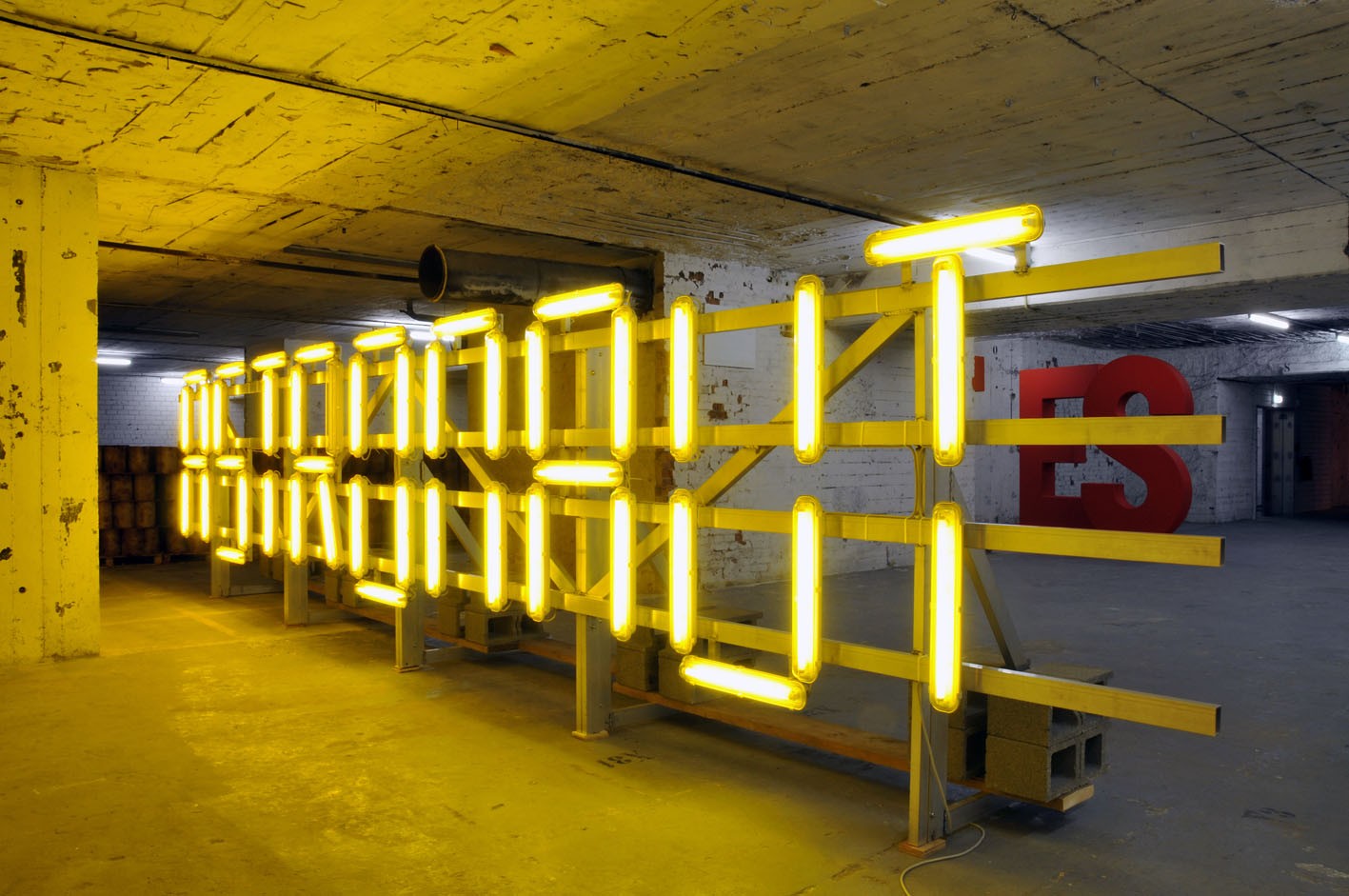
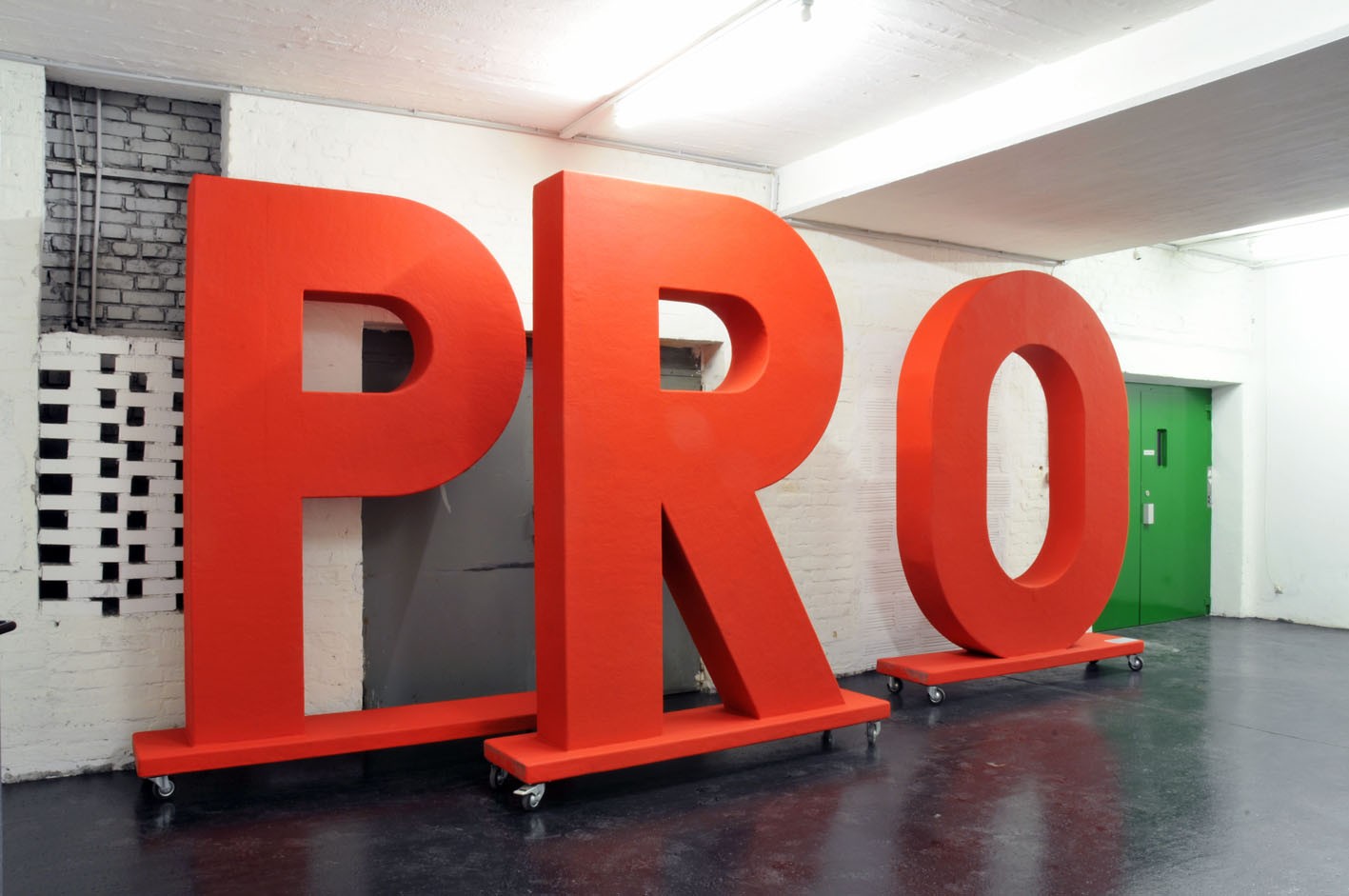
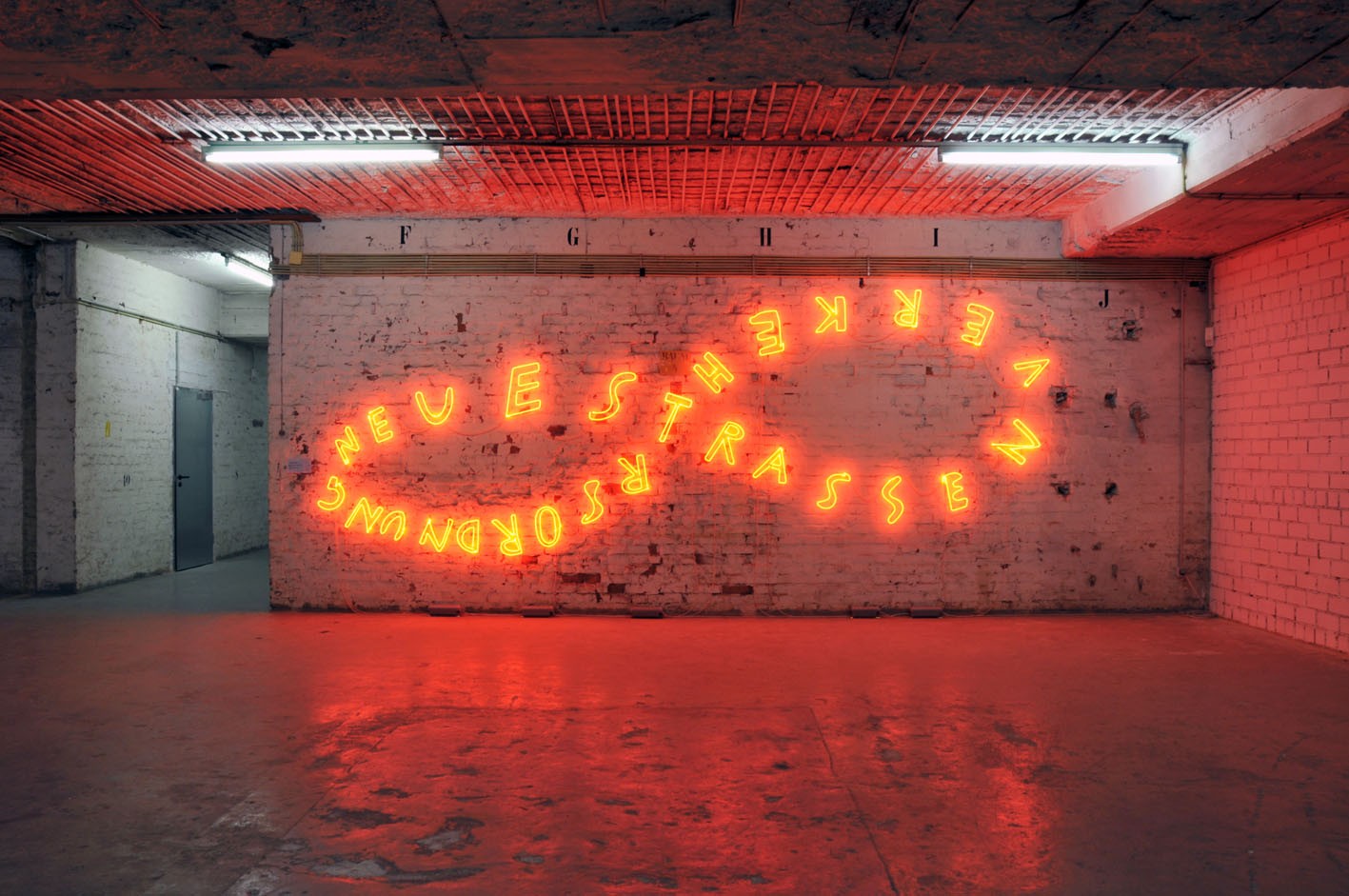
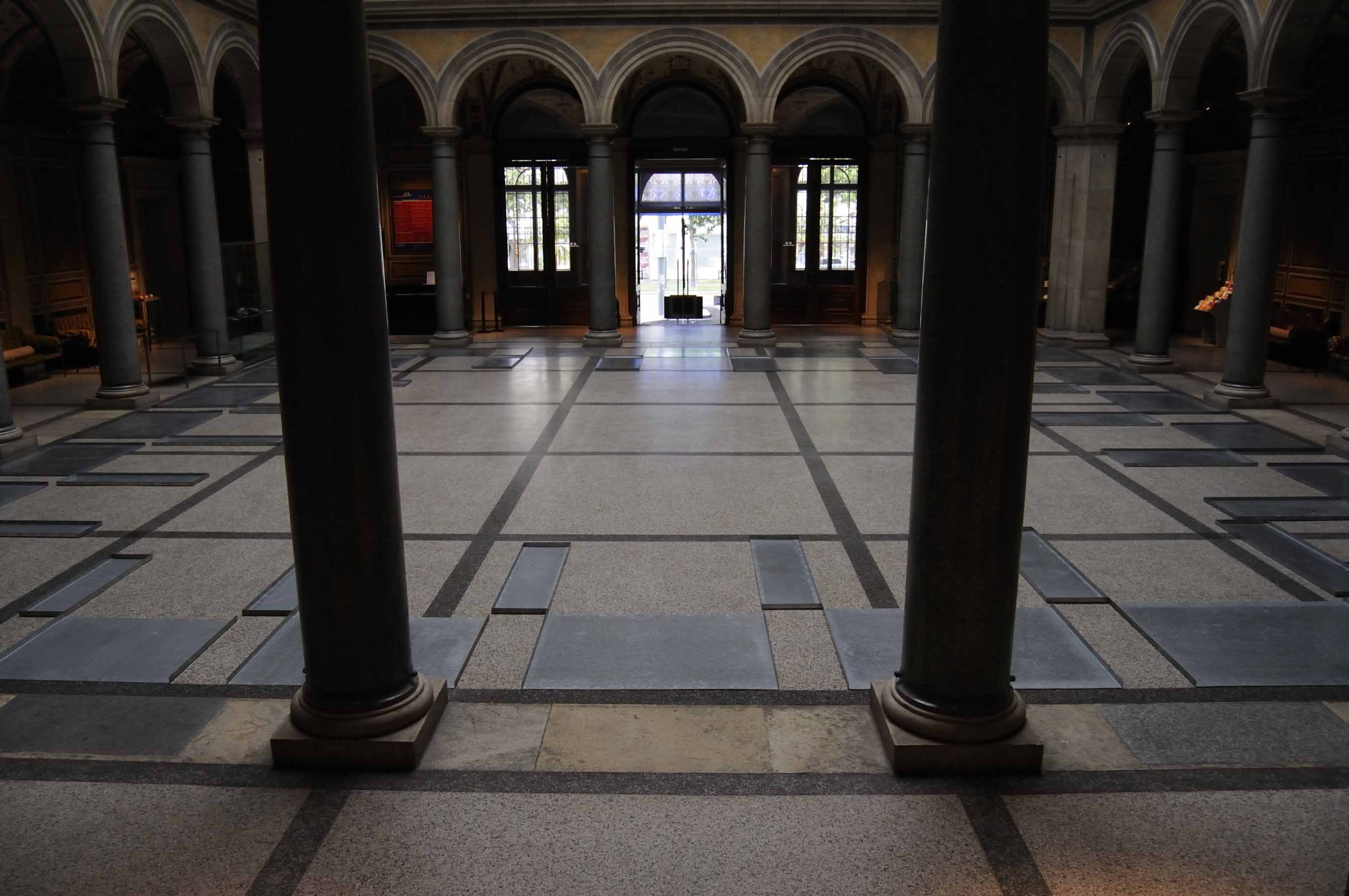
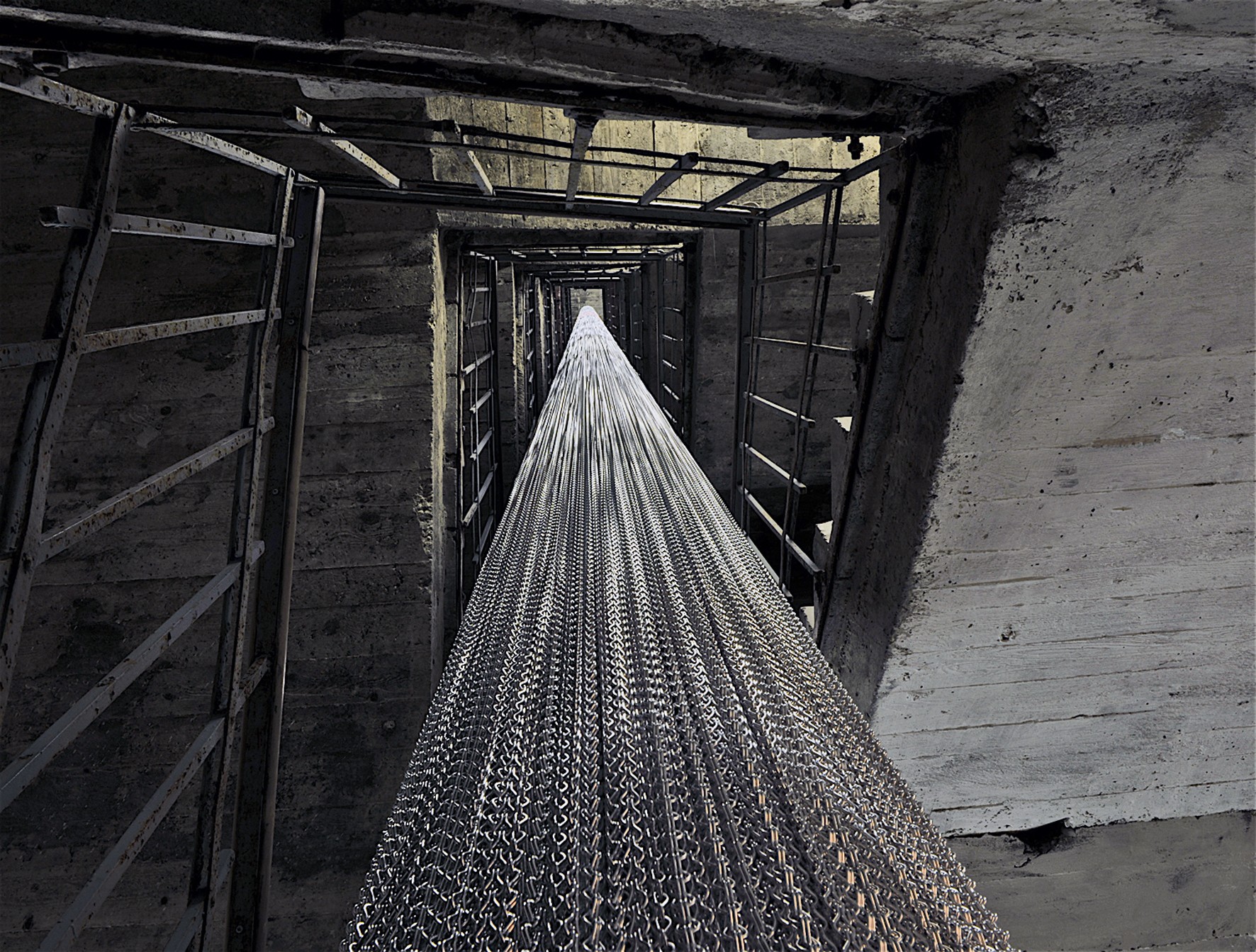
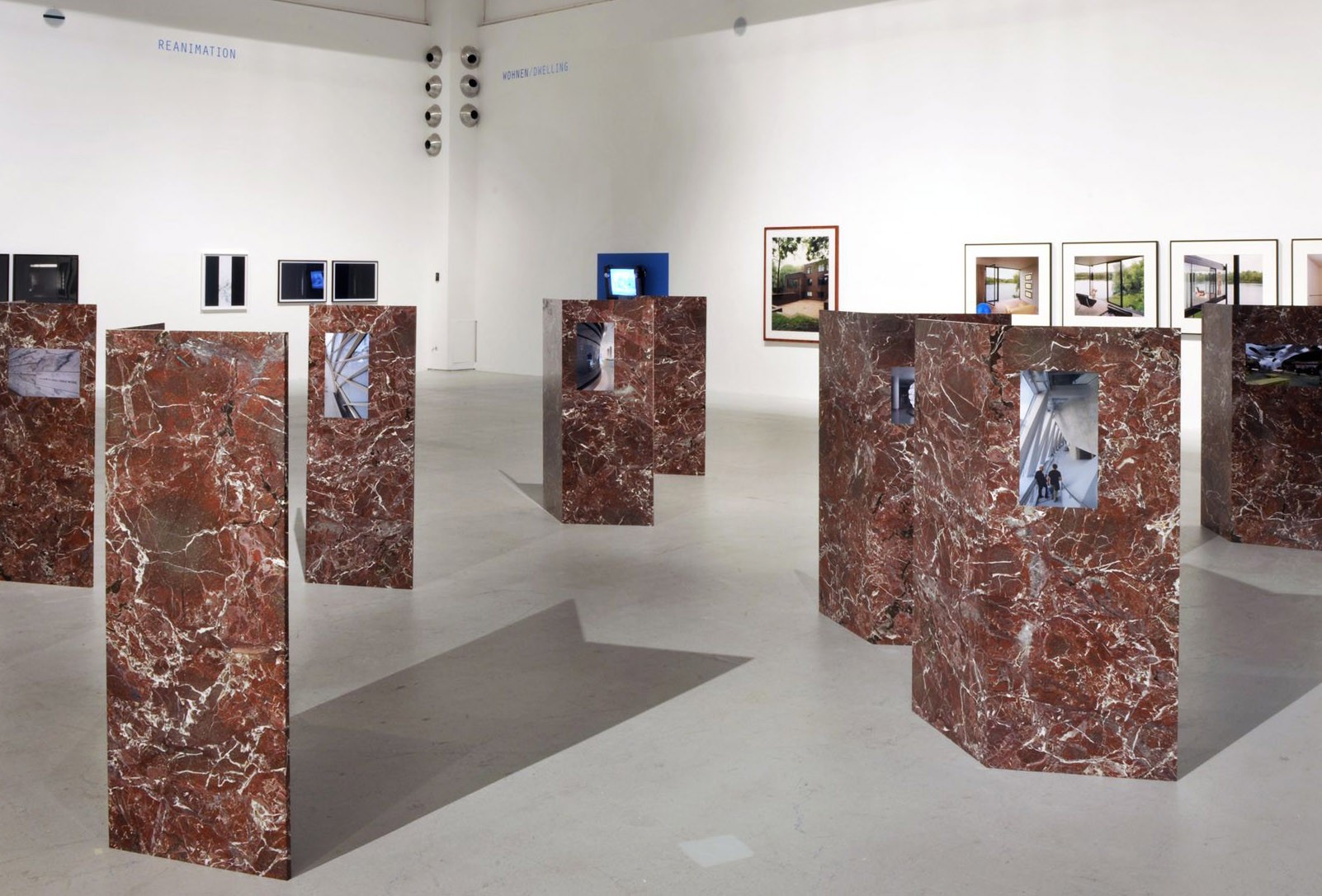
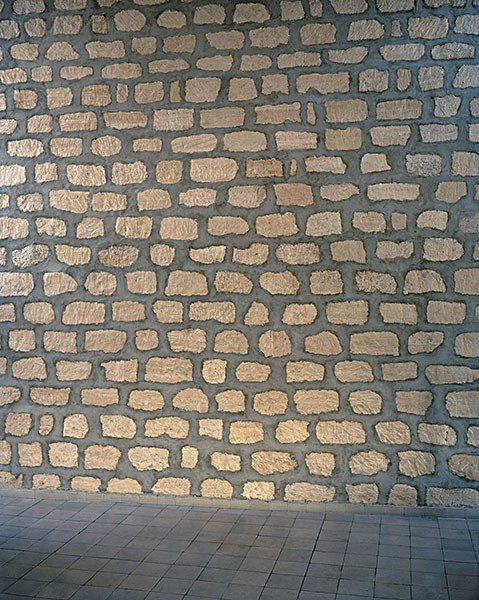
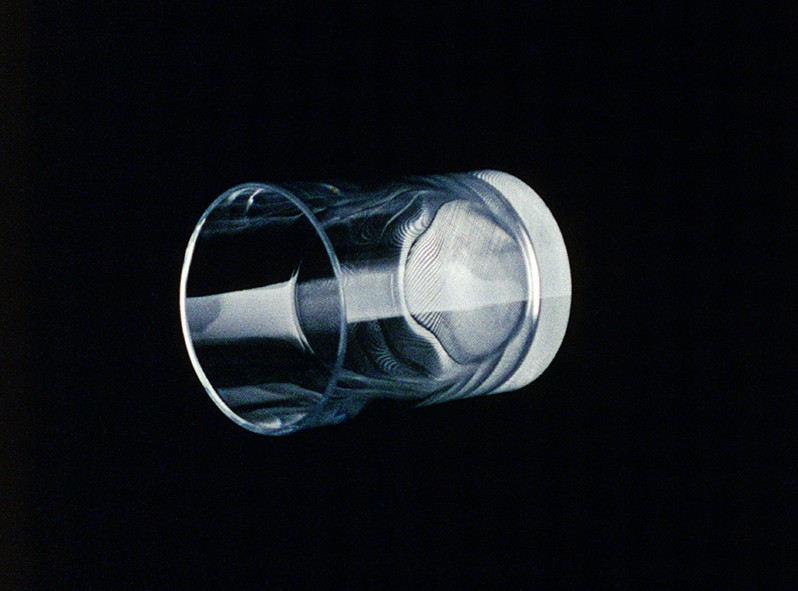
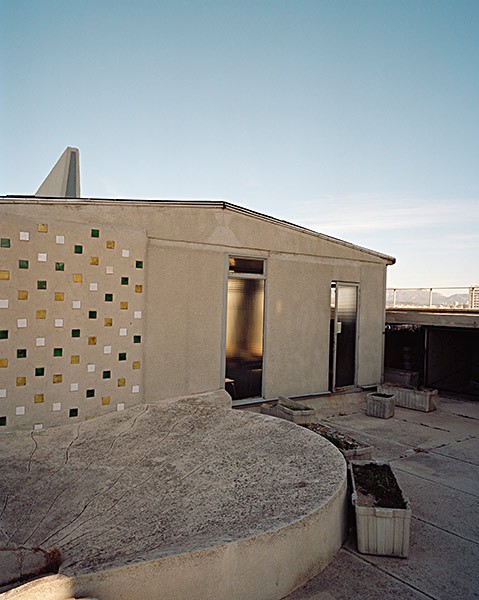
![<BODY>GK 650<br />Verena Dengler, Heim für gefallene Mädchen, [Home for Wayward Girls], 2013<br />Steel, lacquer, spray paint, framed work on paper<br />Paper clips, metal grid, polyester resin<br />170 x 80 x 42 cm<br type="_moz" /></BODY>](/jart/prj3/mak-resp/images/cache/8a4f15070506337699617b7f35893d66/0xA9B280B930B40678C108FE3AA2EEA825.jpeg)
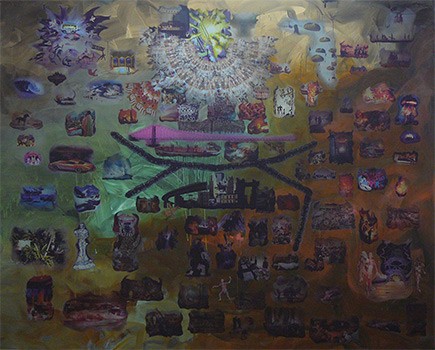
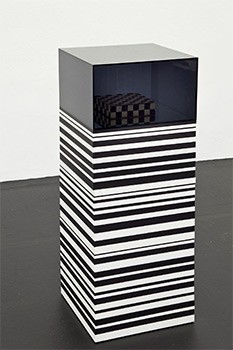
![<BODY>GK 645<br />Kerstin von Gabain, Die Hysterikerin, [The Hysteric], 2013<br />3 photos, framed<br />83 x 41 x 3 cm<br type="_moz" /></BODY>](/jart/prj3/mak-resp/images/cache/1b2545f915226fec860aafa9356a22a4/0xB03ED92D5E75E2AE352DACE4F62FEAEC.jpeg)
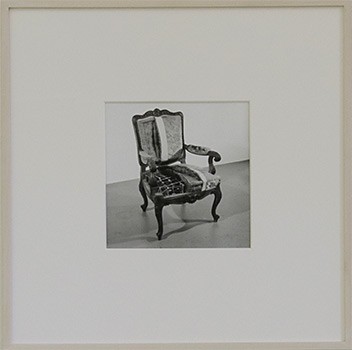
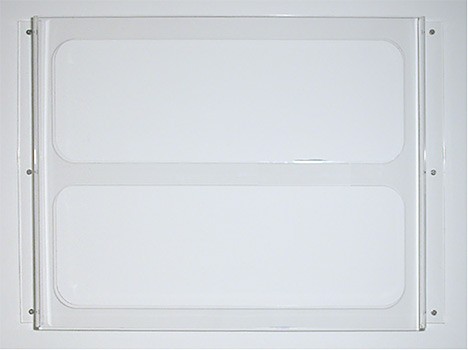
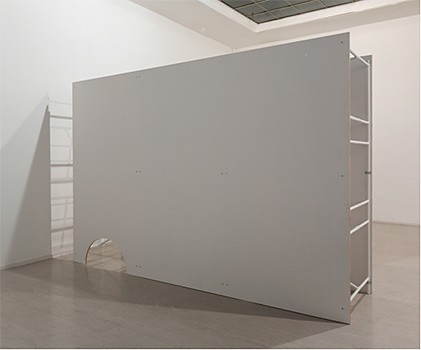
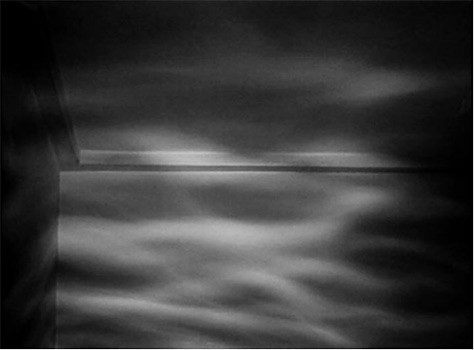
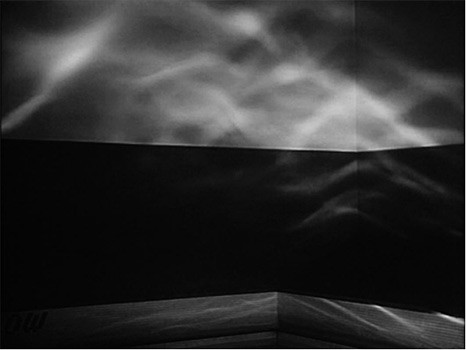
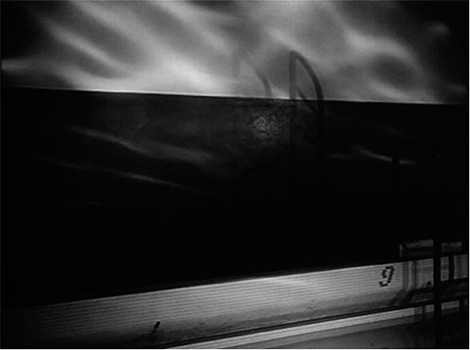
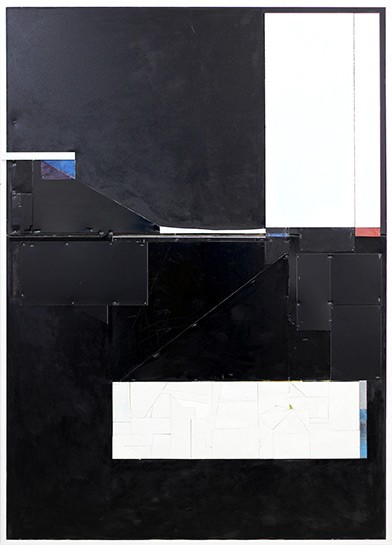
![<BODY>GK 670<br />Adriana Czernin, Nach Ibn-Tulun, [To Ibn-Tulun], 2014<br />Pencil on paper<br />156 x 220 cm<br />© MAK/Georg Mayer<br type="_moz" /></BODY>](/jart/prj3/mak-resp/images/cache/969b98ecde739879adacab46db15ba6a/0x57A23F0AE6D71D300E7D95C1113A57C8.jpeg)
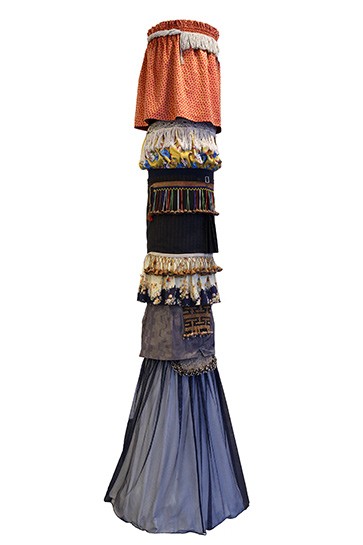
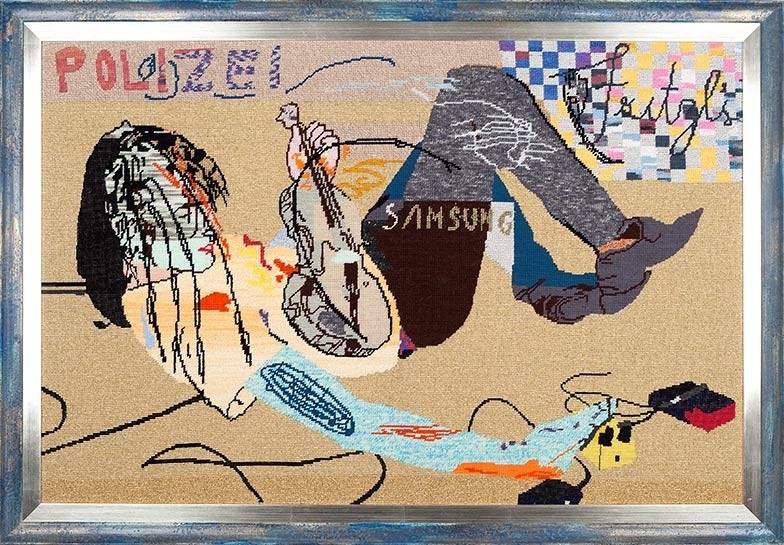
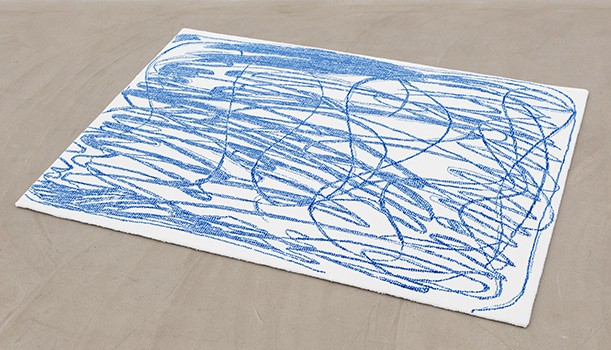
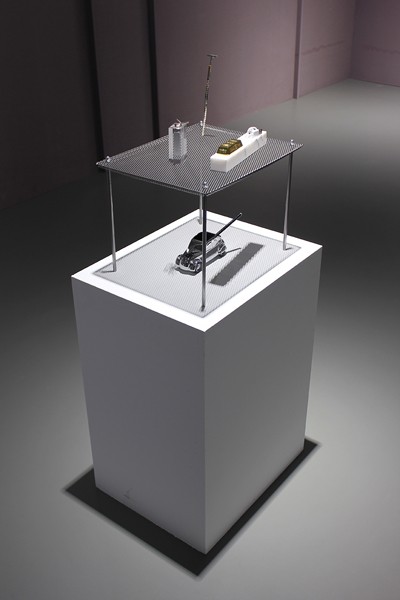
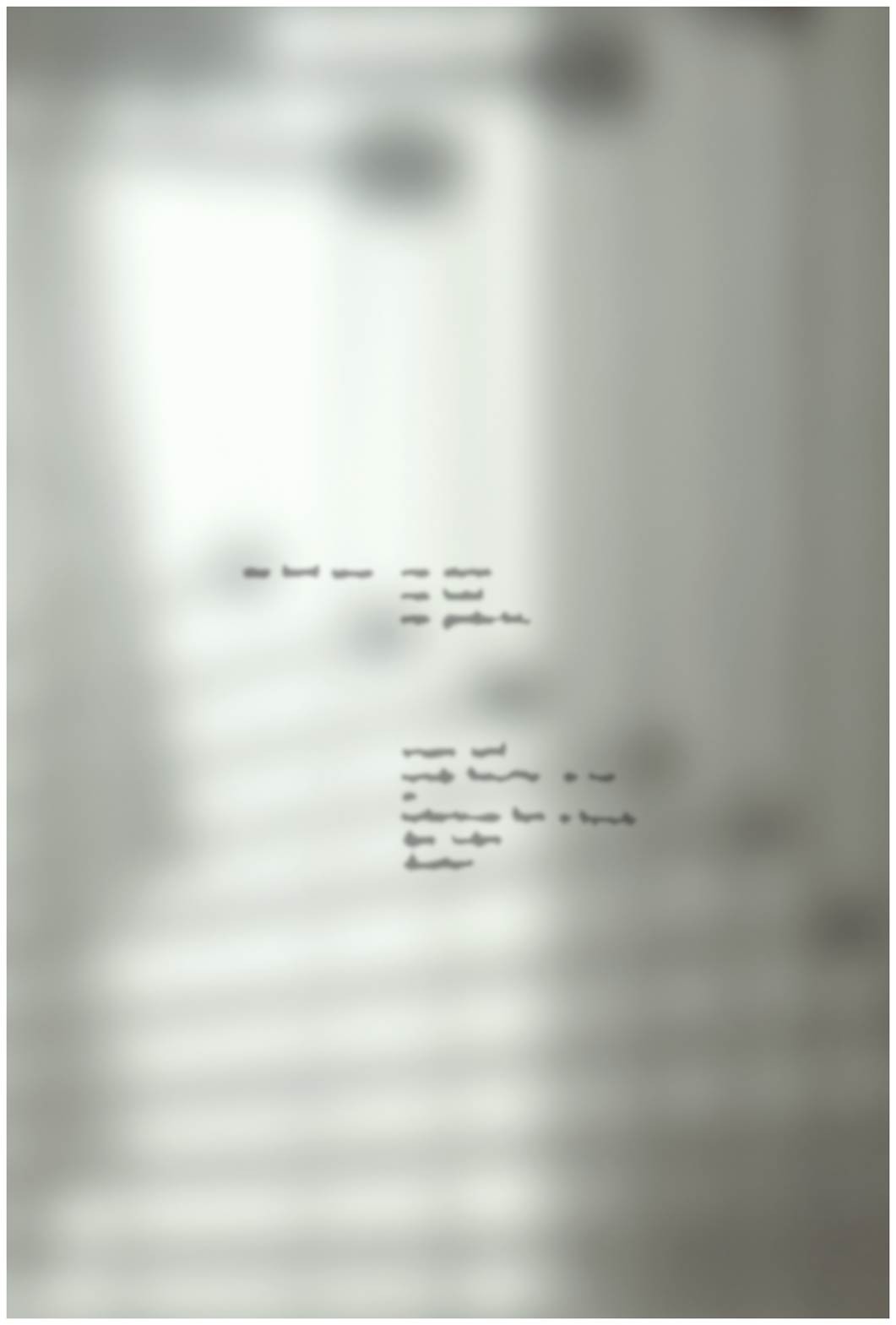
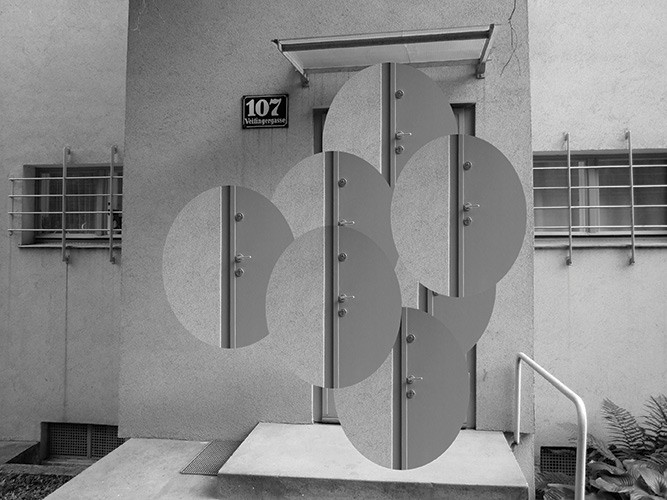
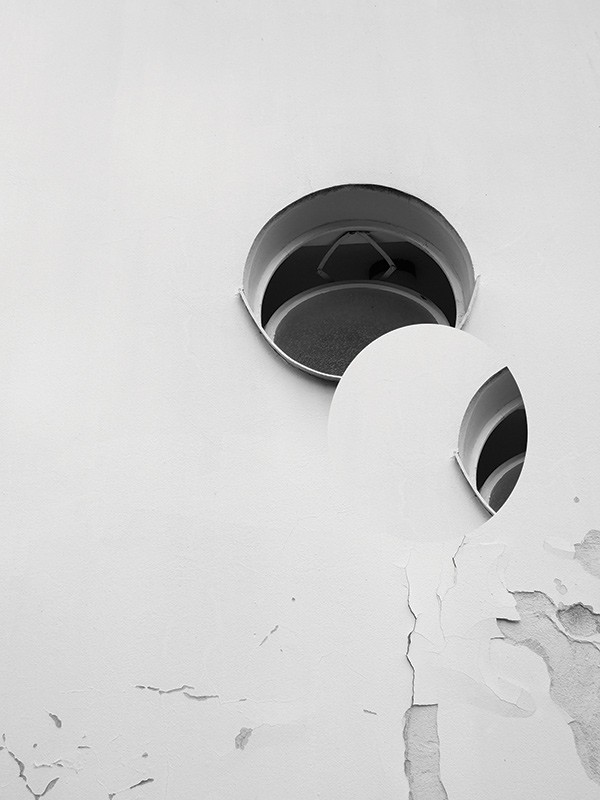
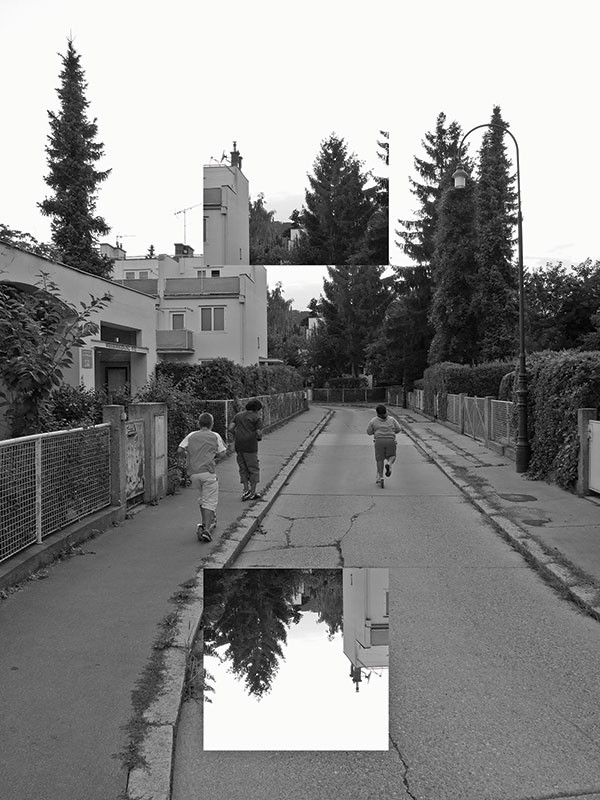
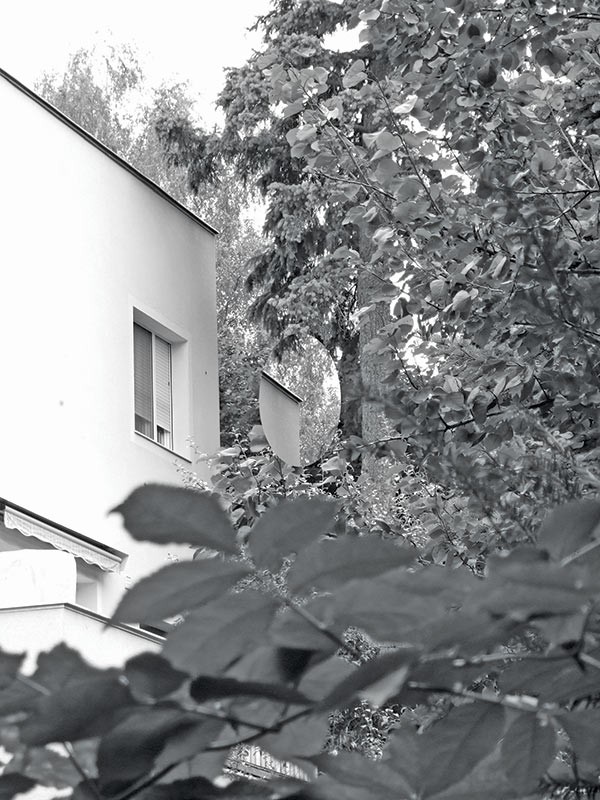
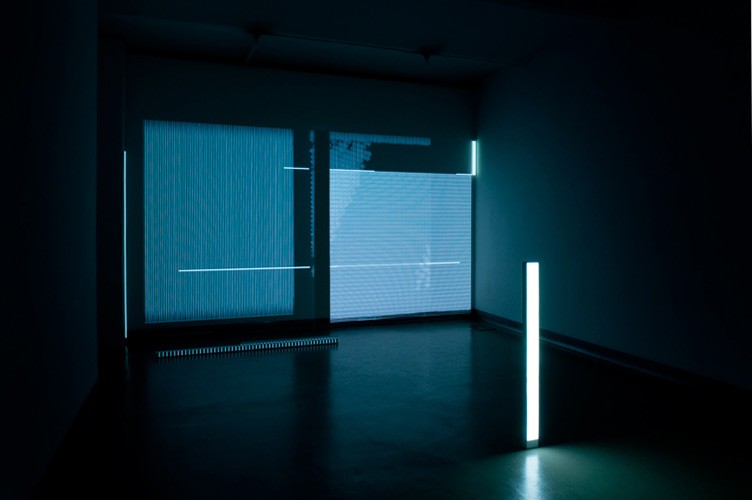

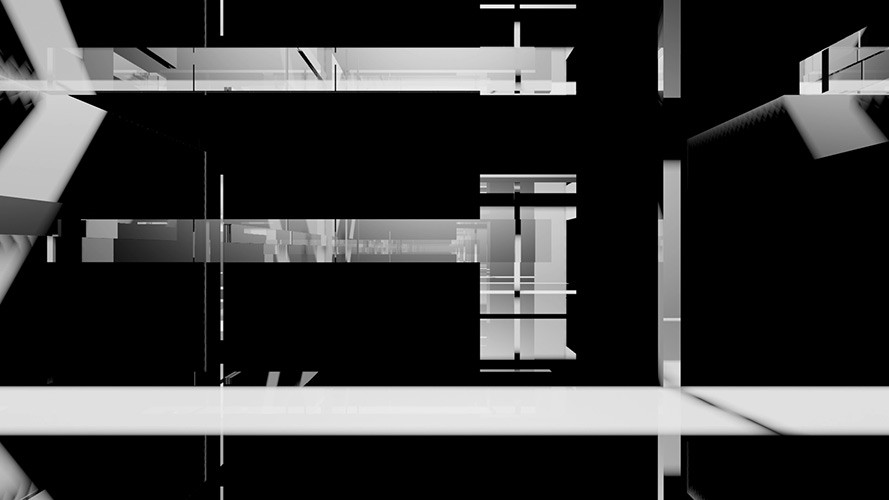
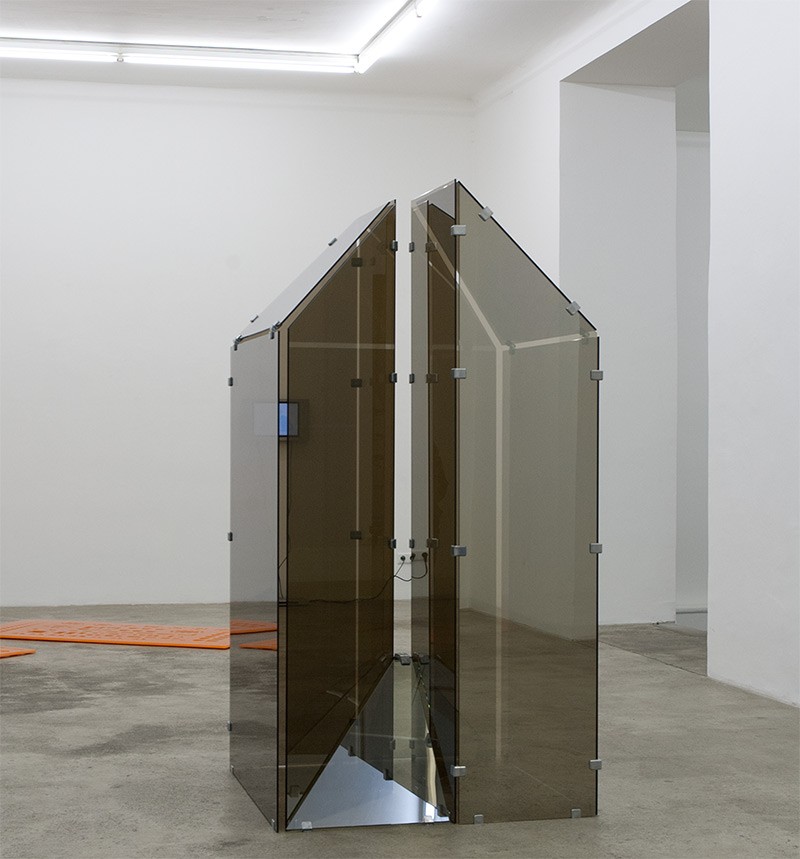
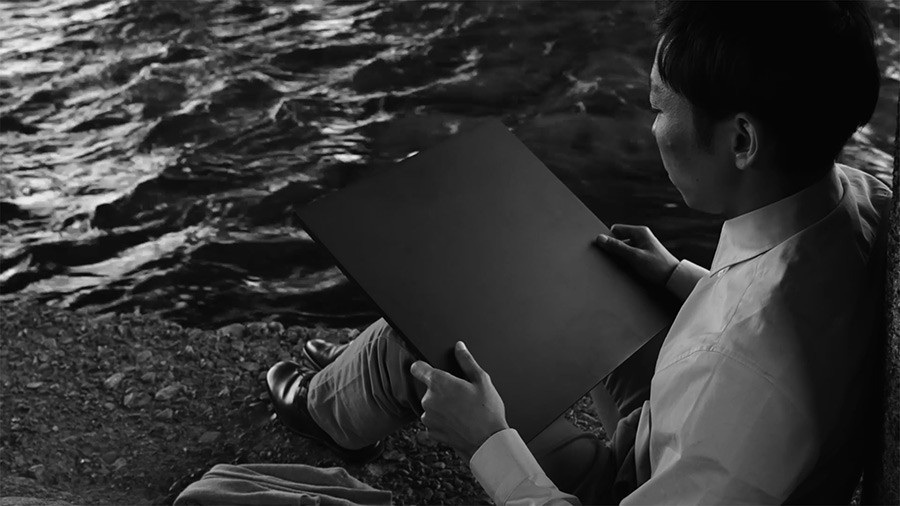
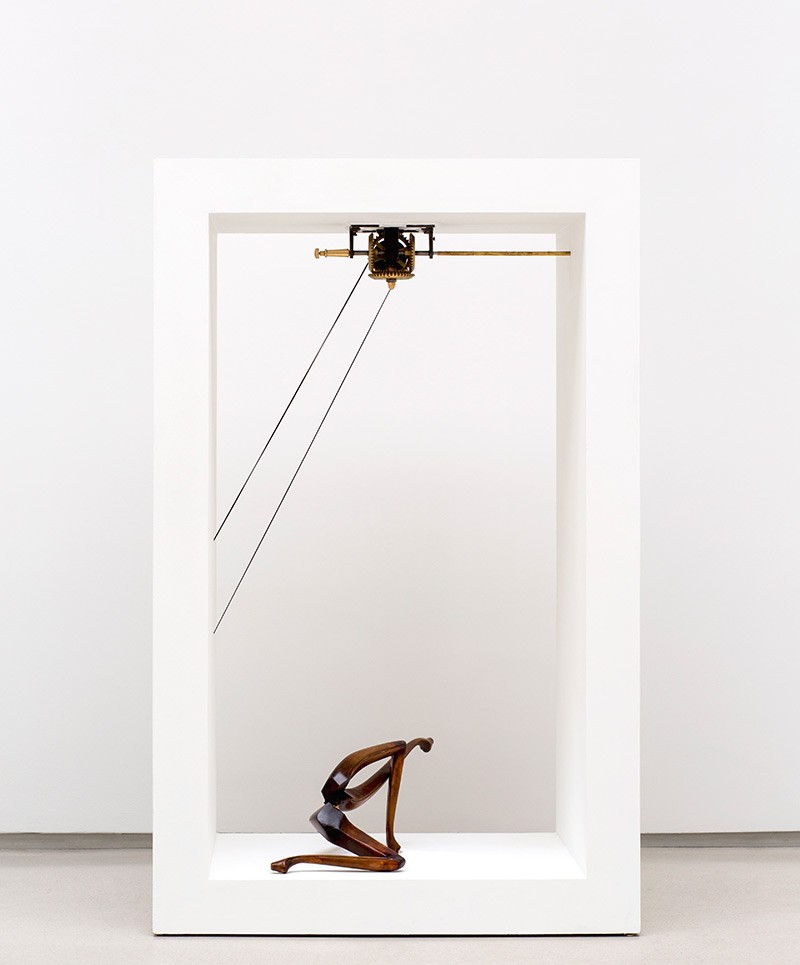
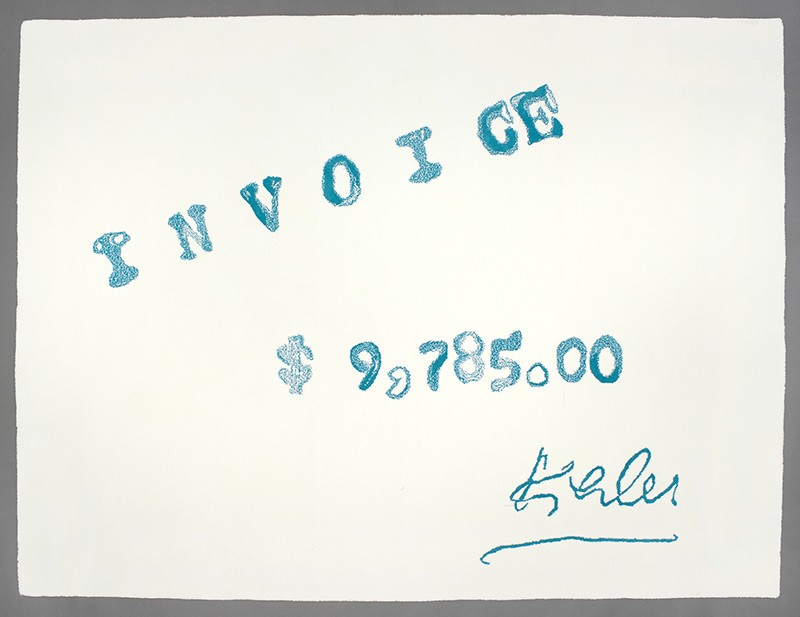

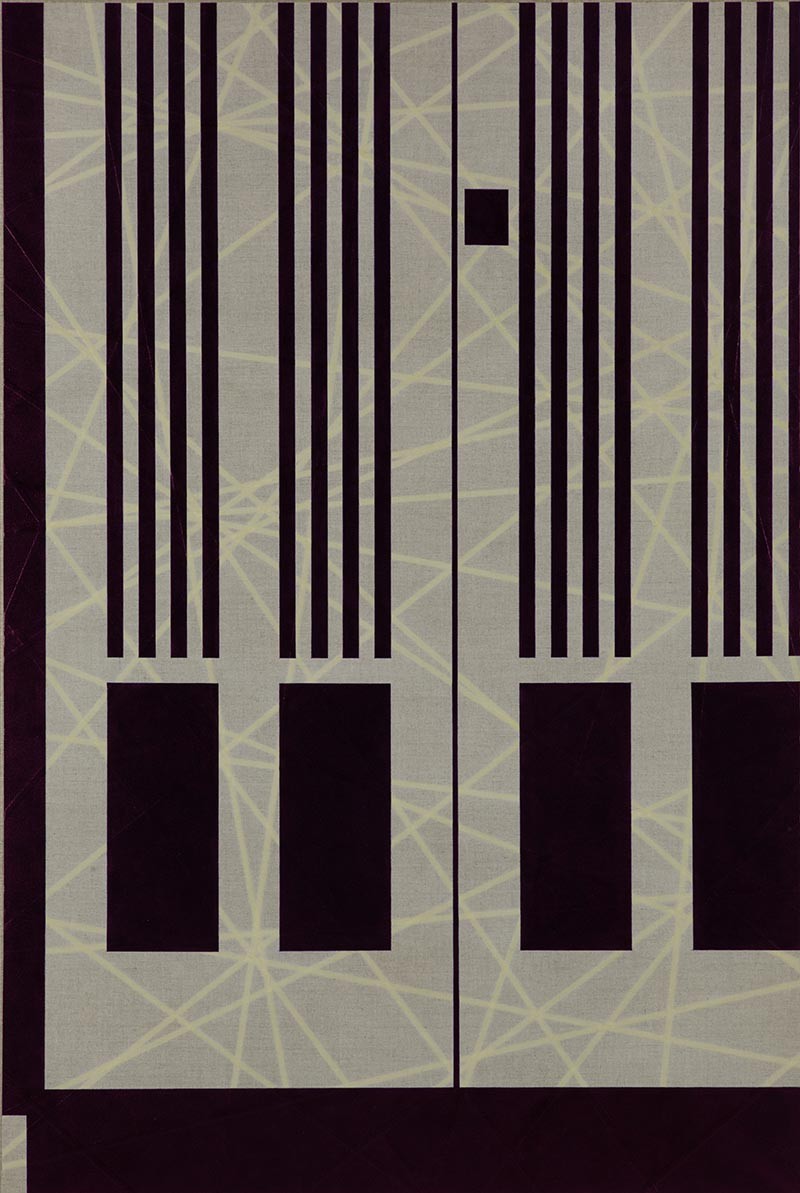
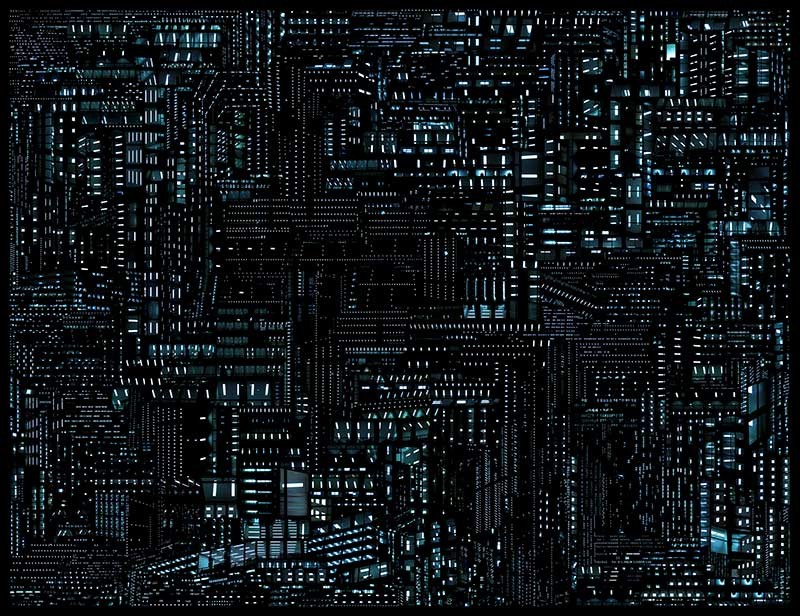
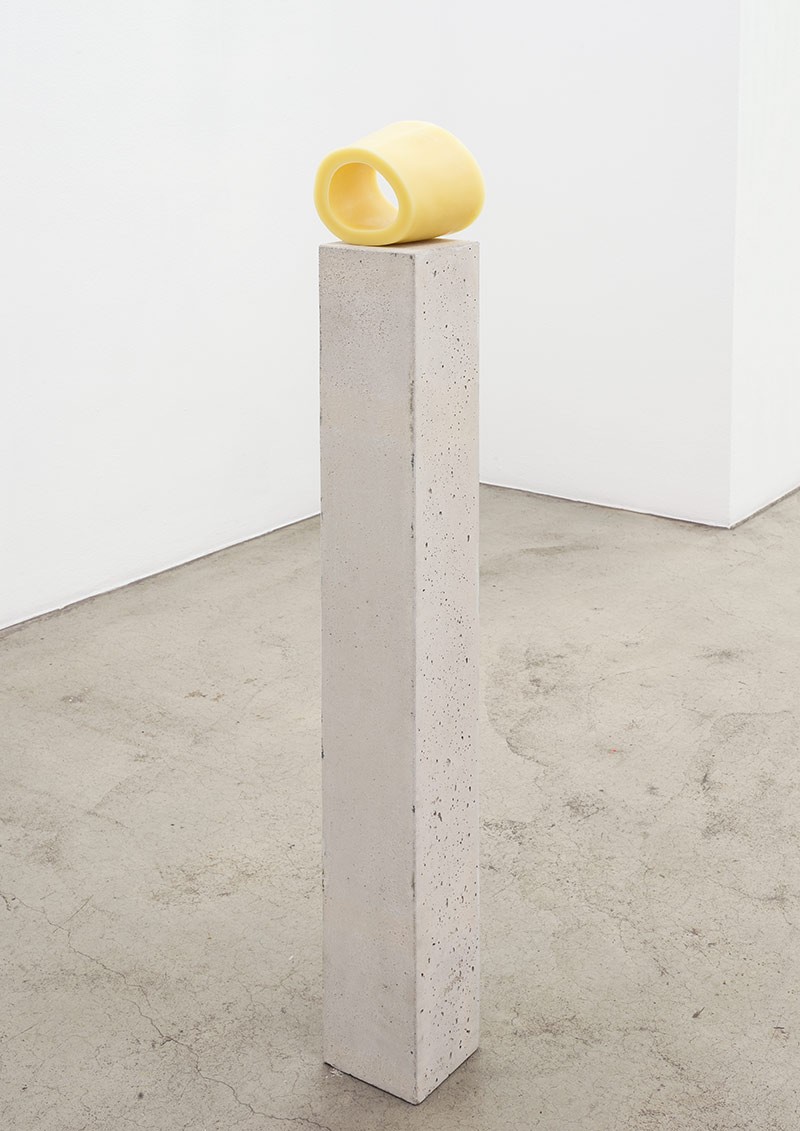
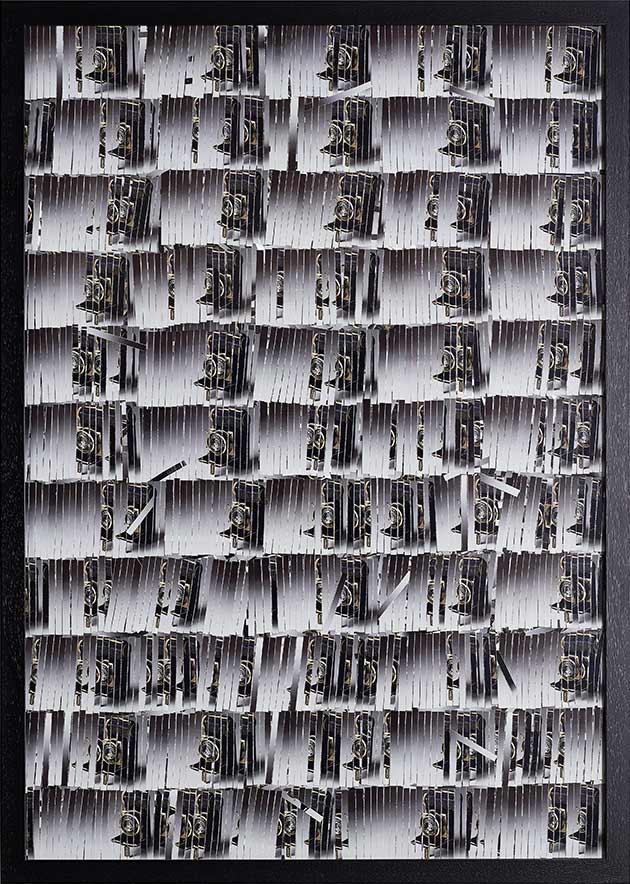
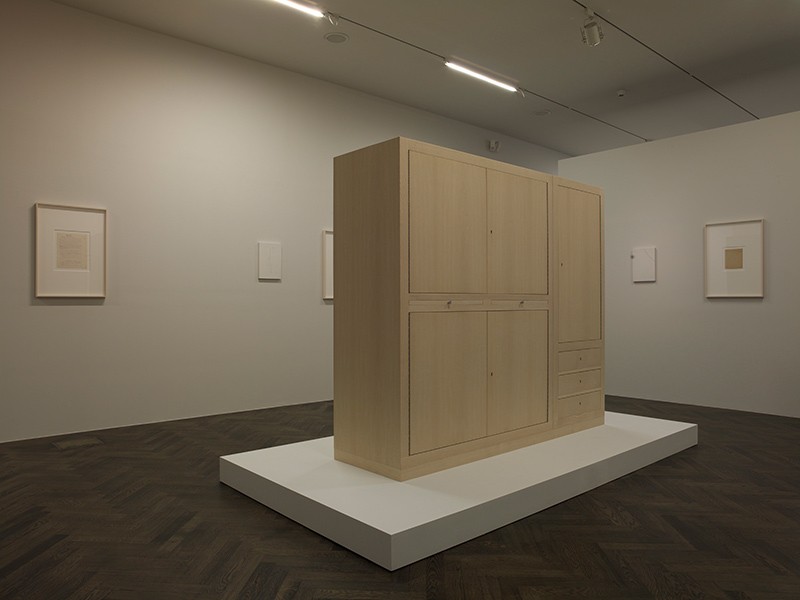
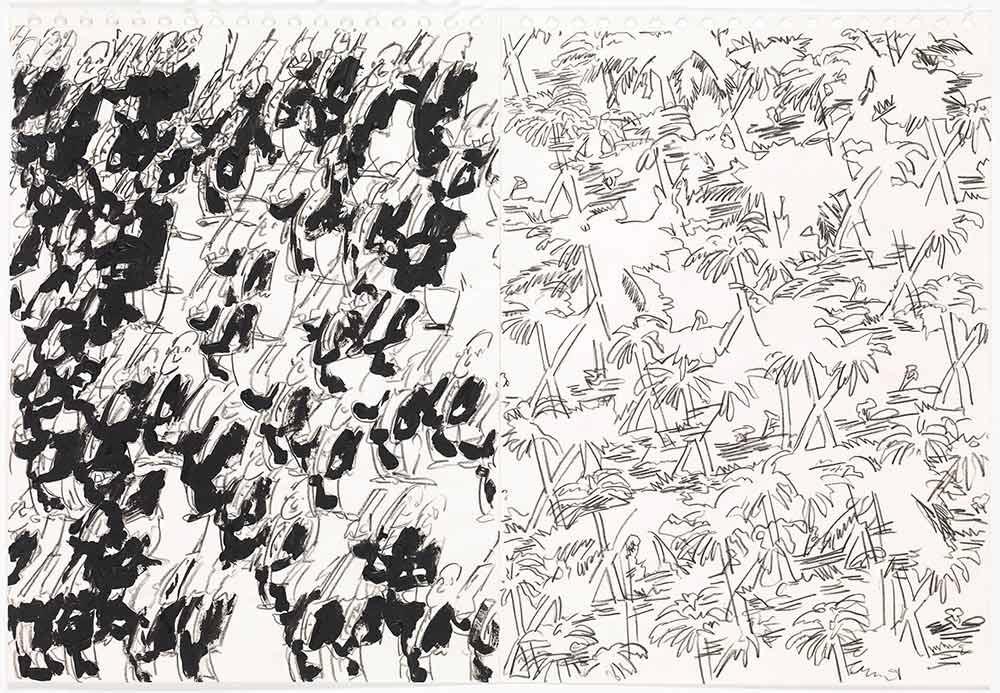
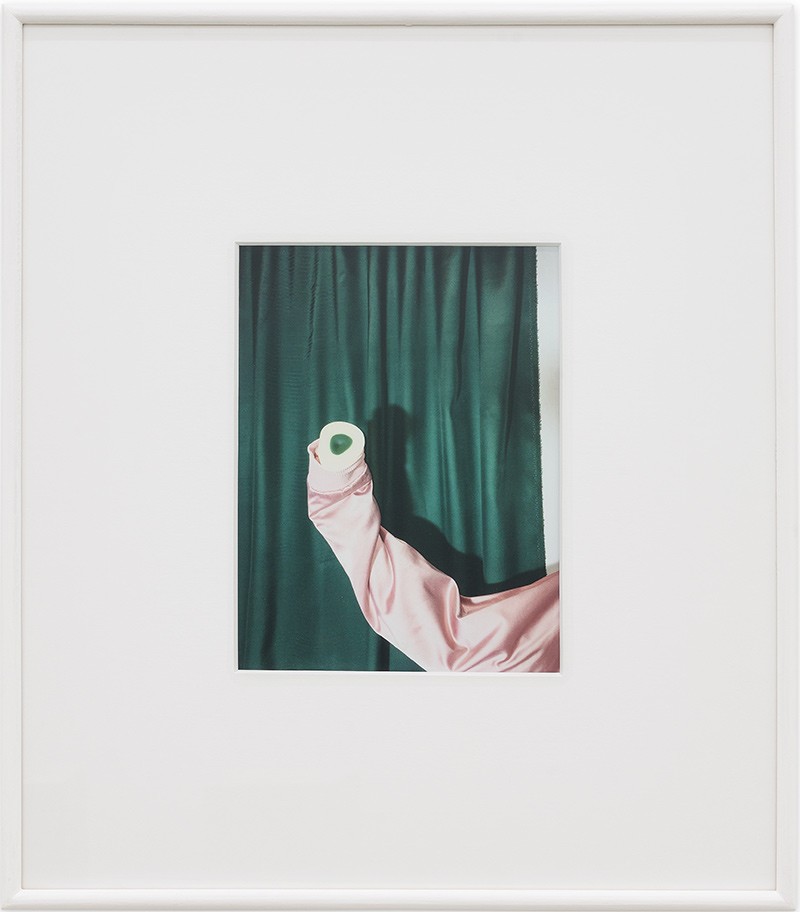
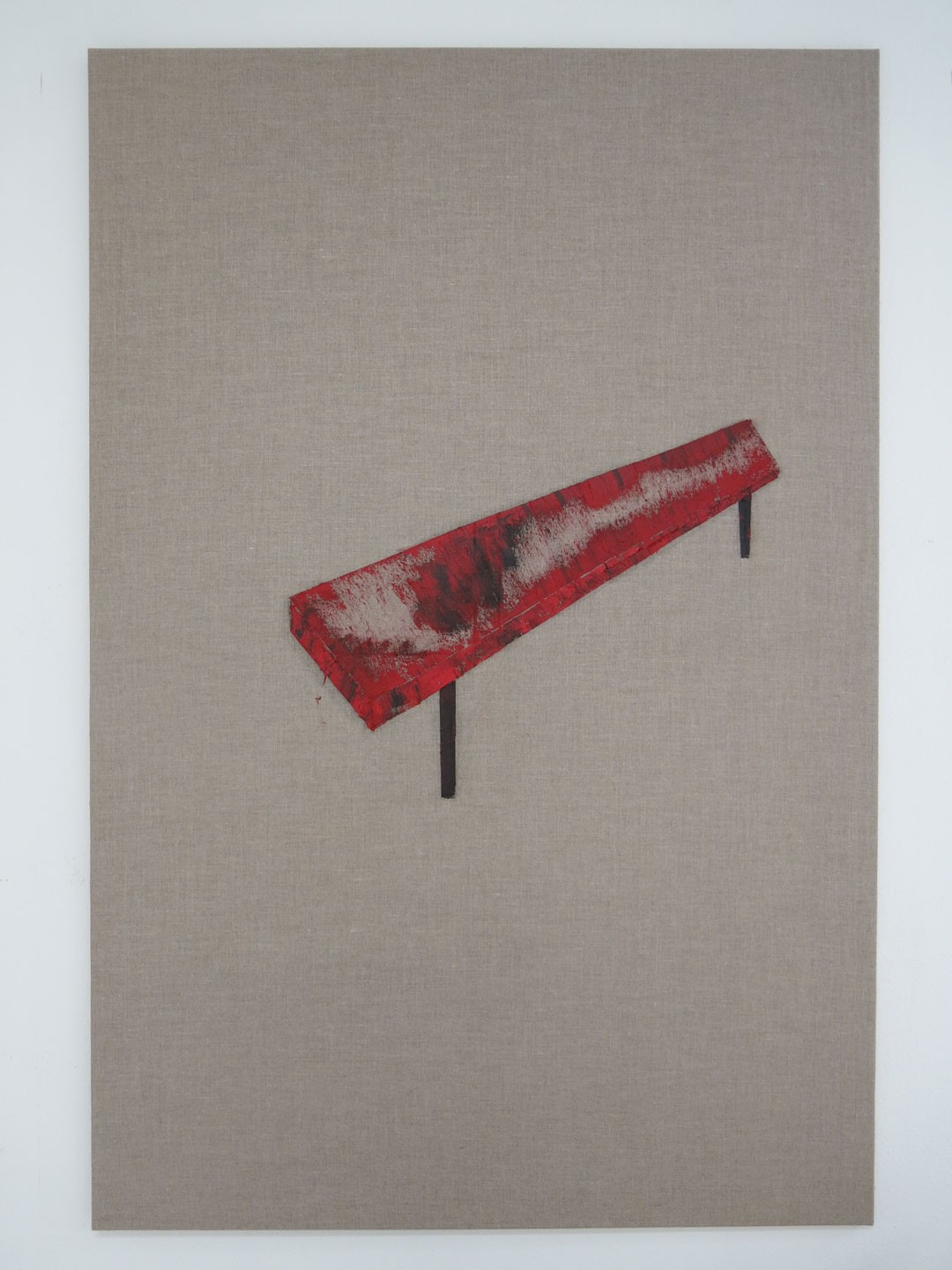
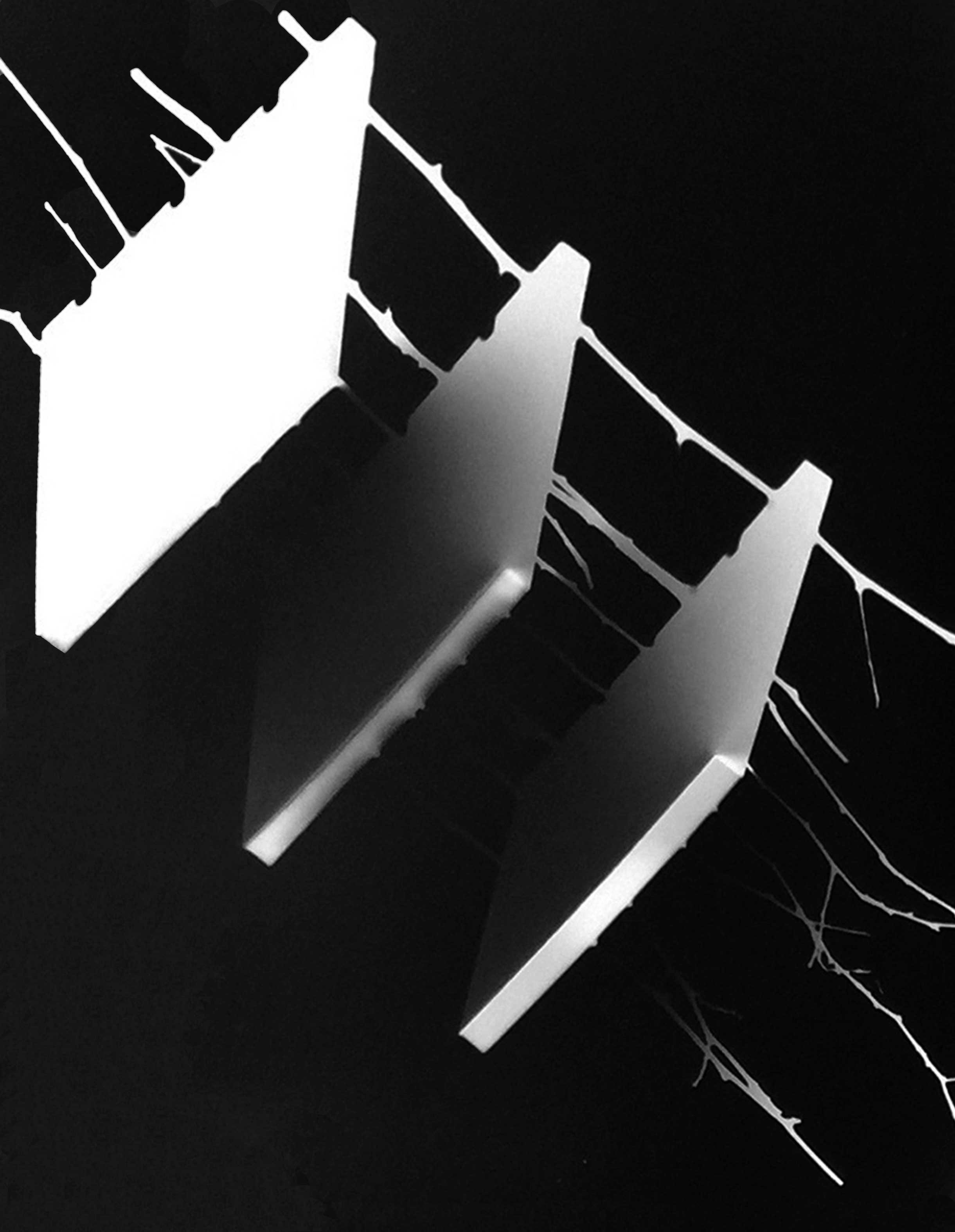
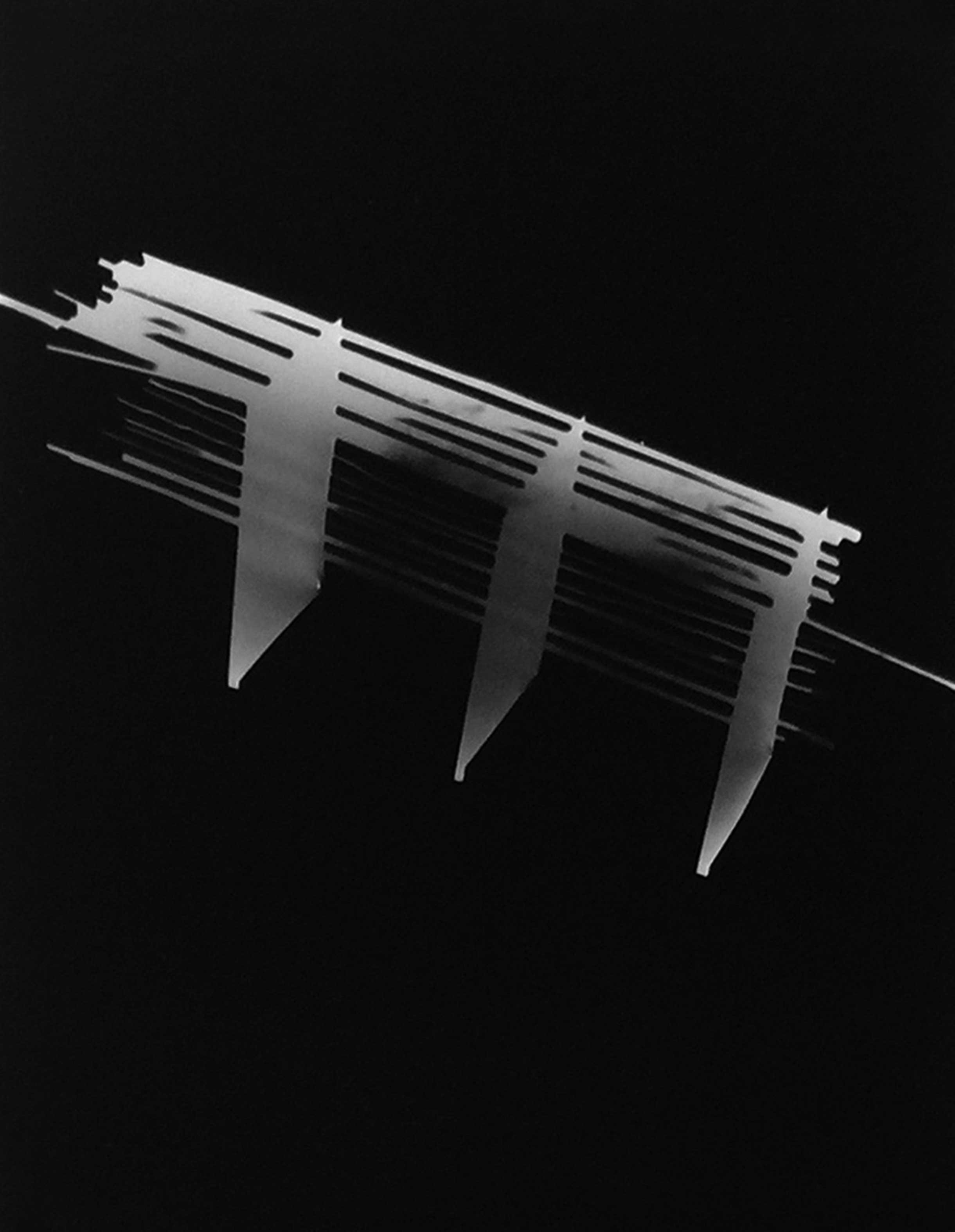
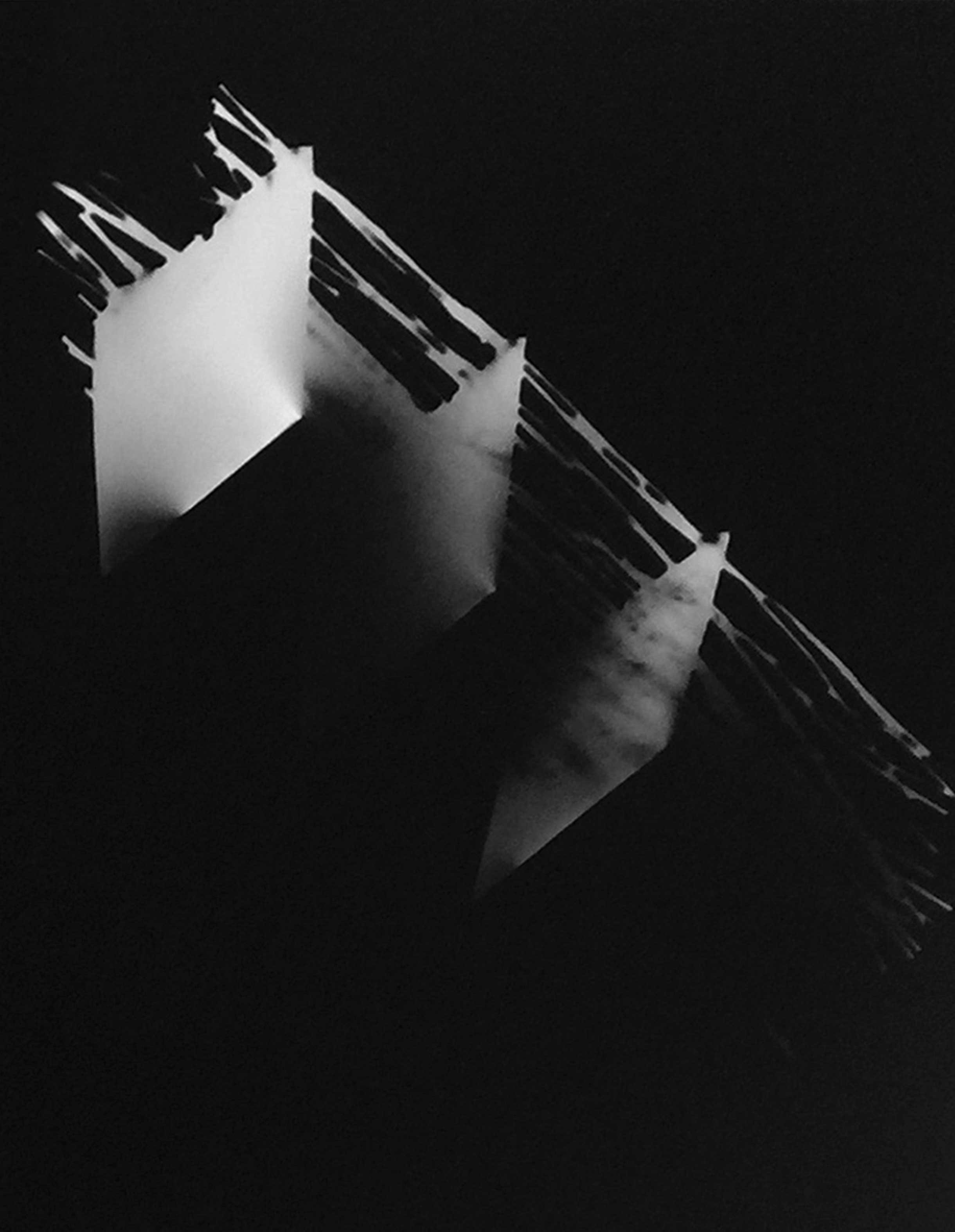

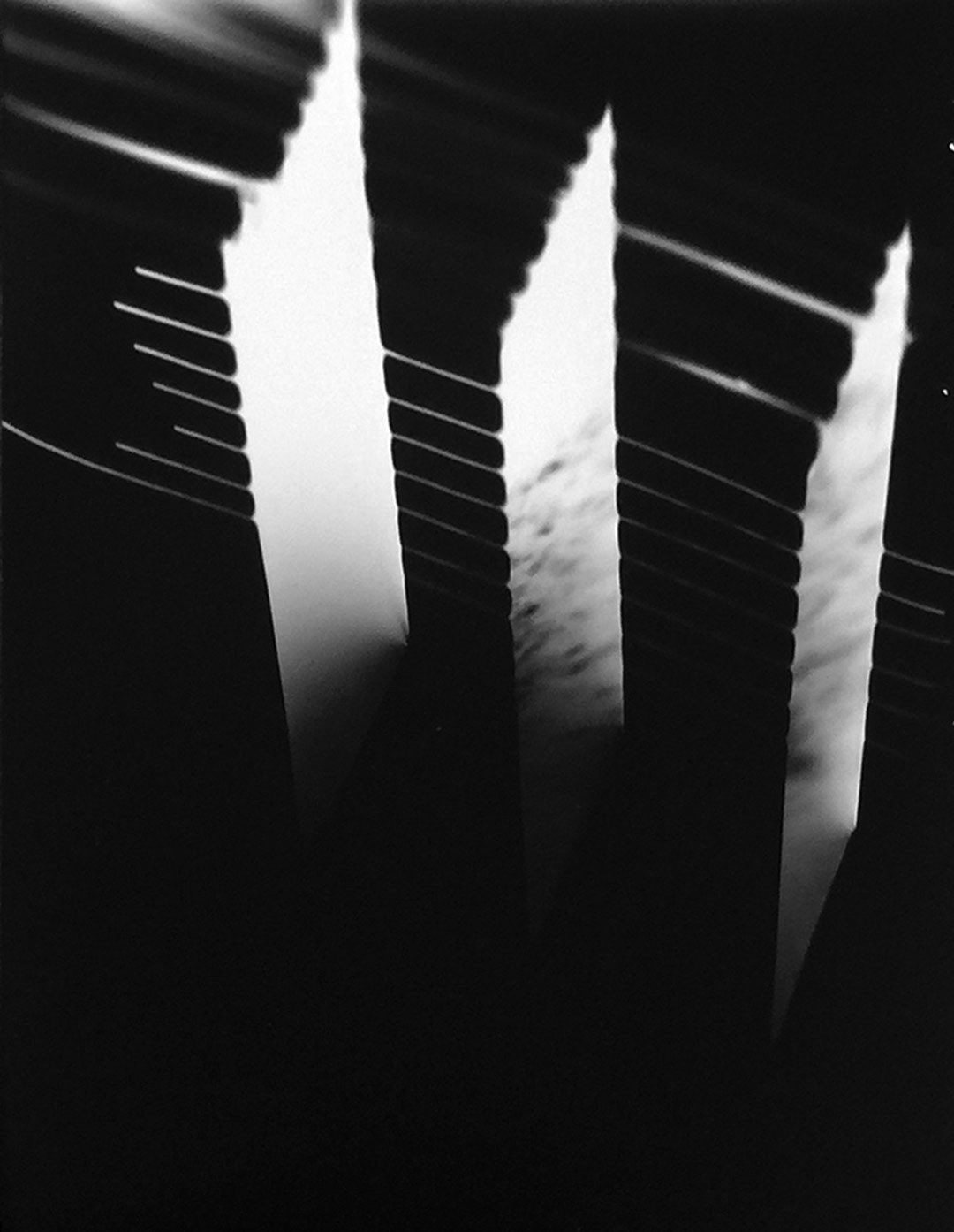
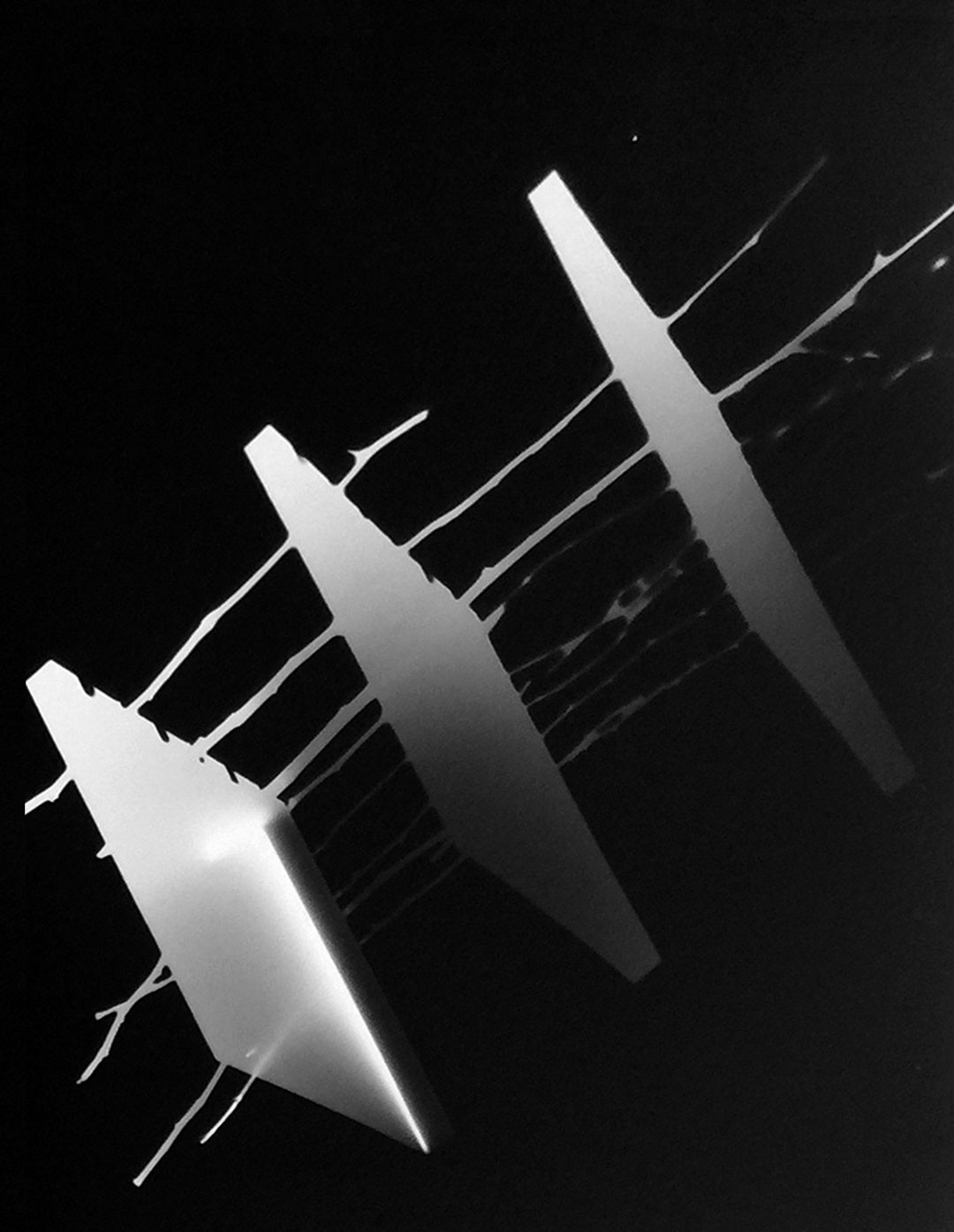
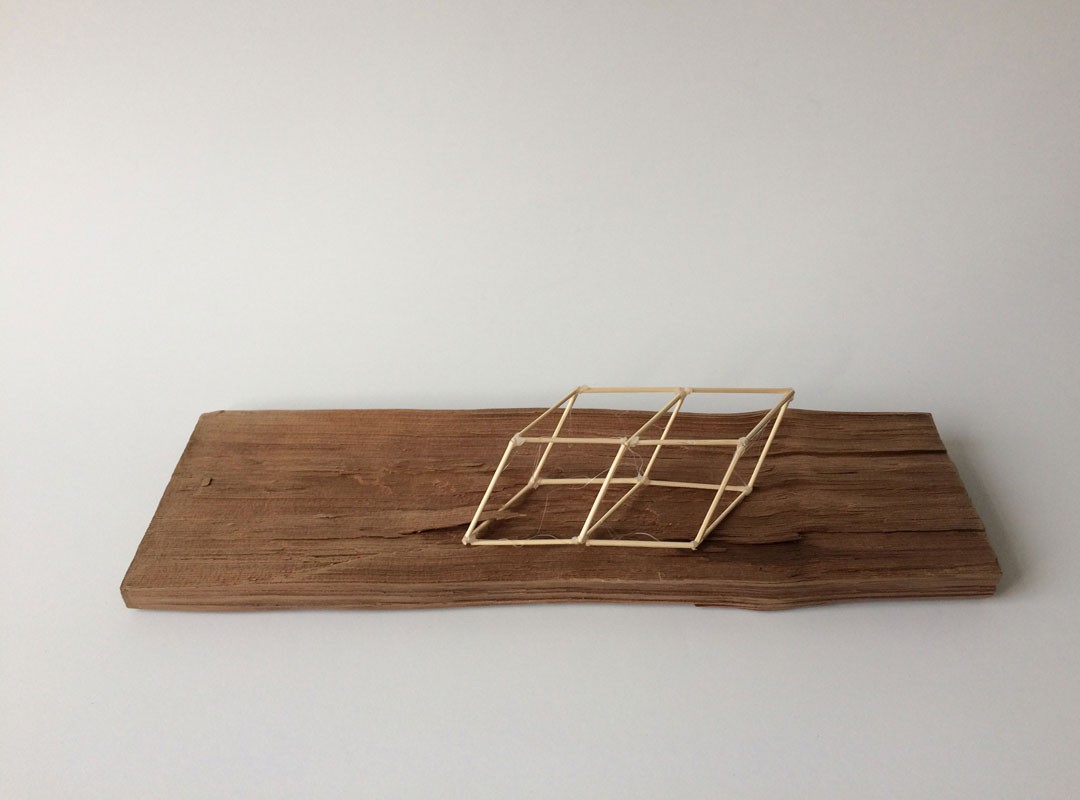
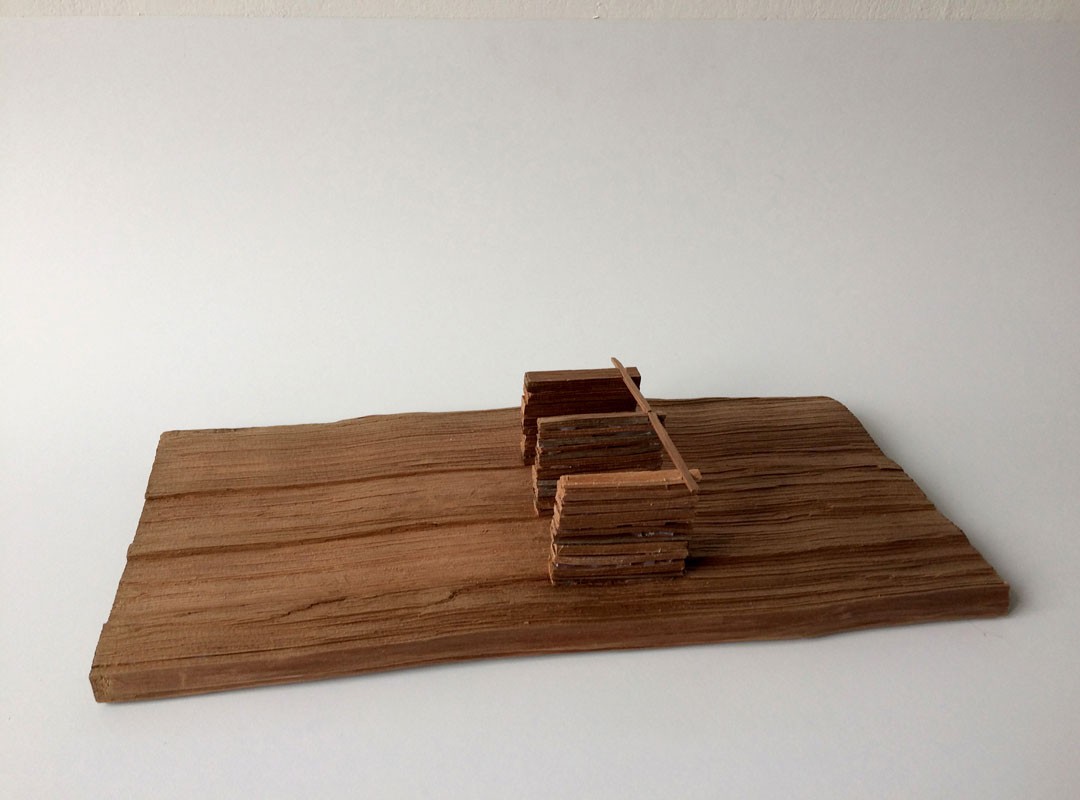
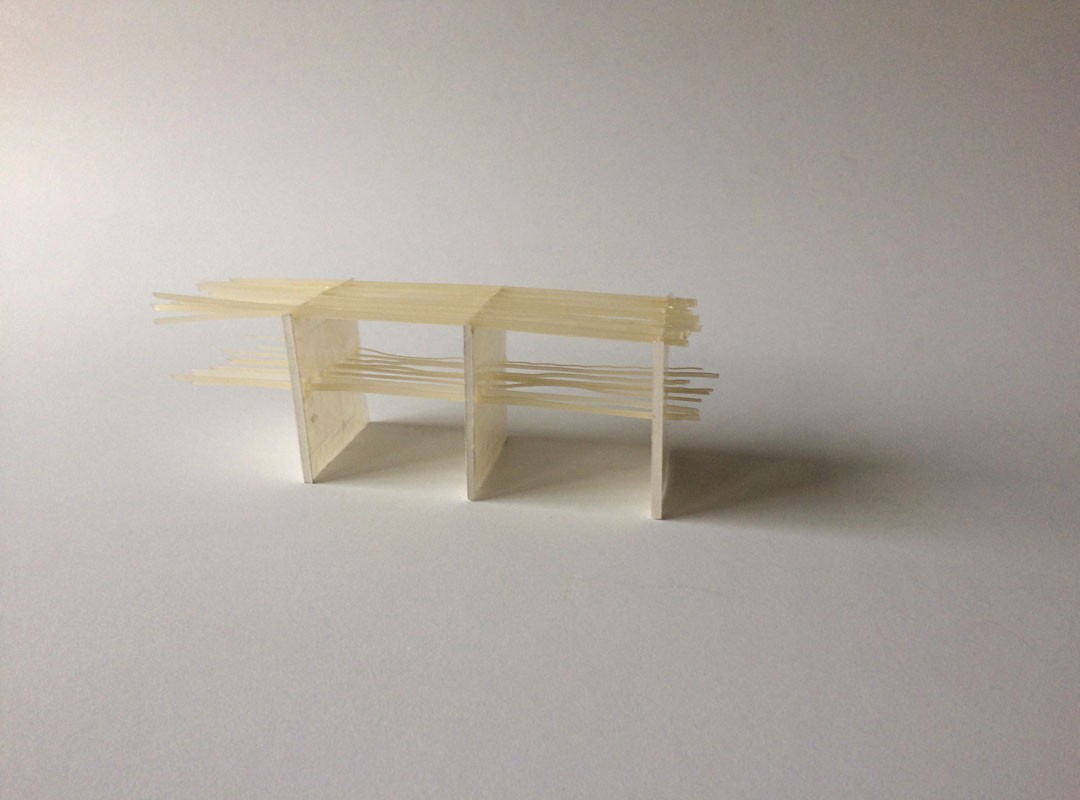
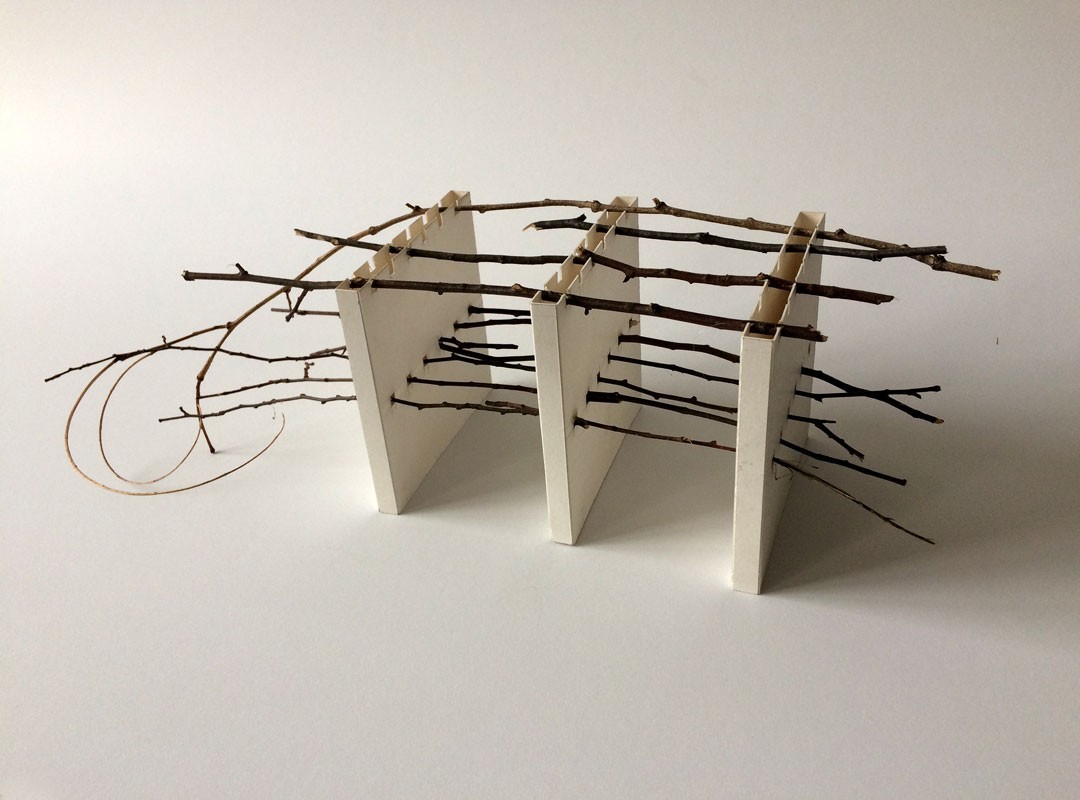

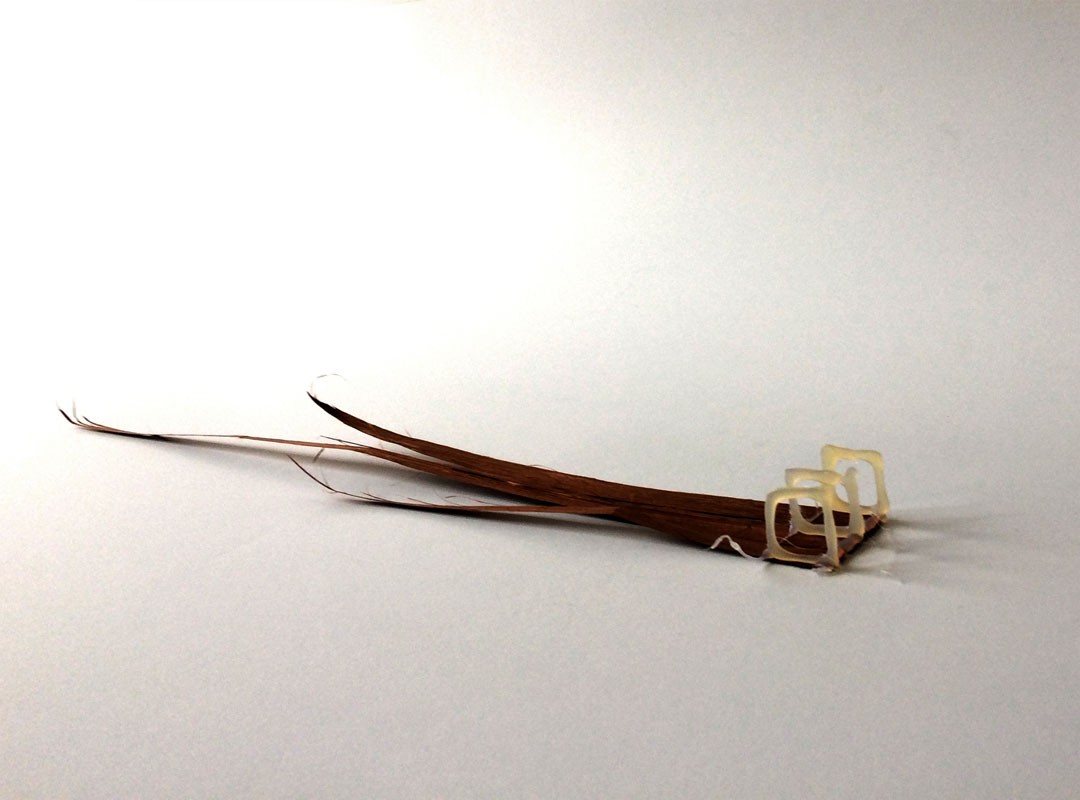
![<BODY>BJ 1822<br />Petr Dvorak<br />Necklace [Long Sliver], 2014–2016<br />Sliver of agate, neck ring made of stainless steel<br type="_moz" /></BODY>](/jart/prj3/mak-resp/images/cache/42fcdaa0268e8aa995a344e98028358b/0xB3F1FB59335B08FCBF5D765A5FC0ABFF.jpeg)
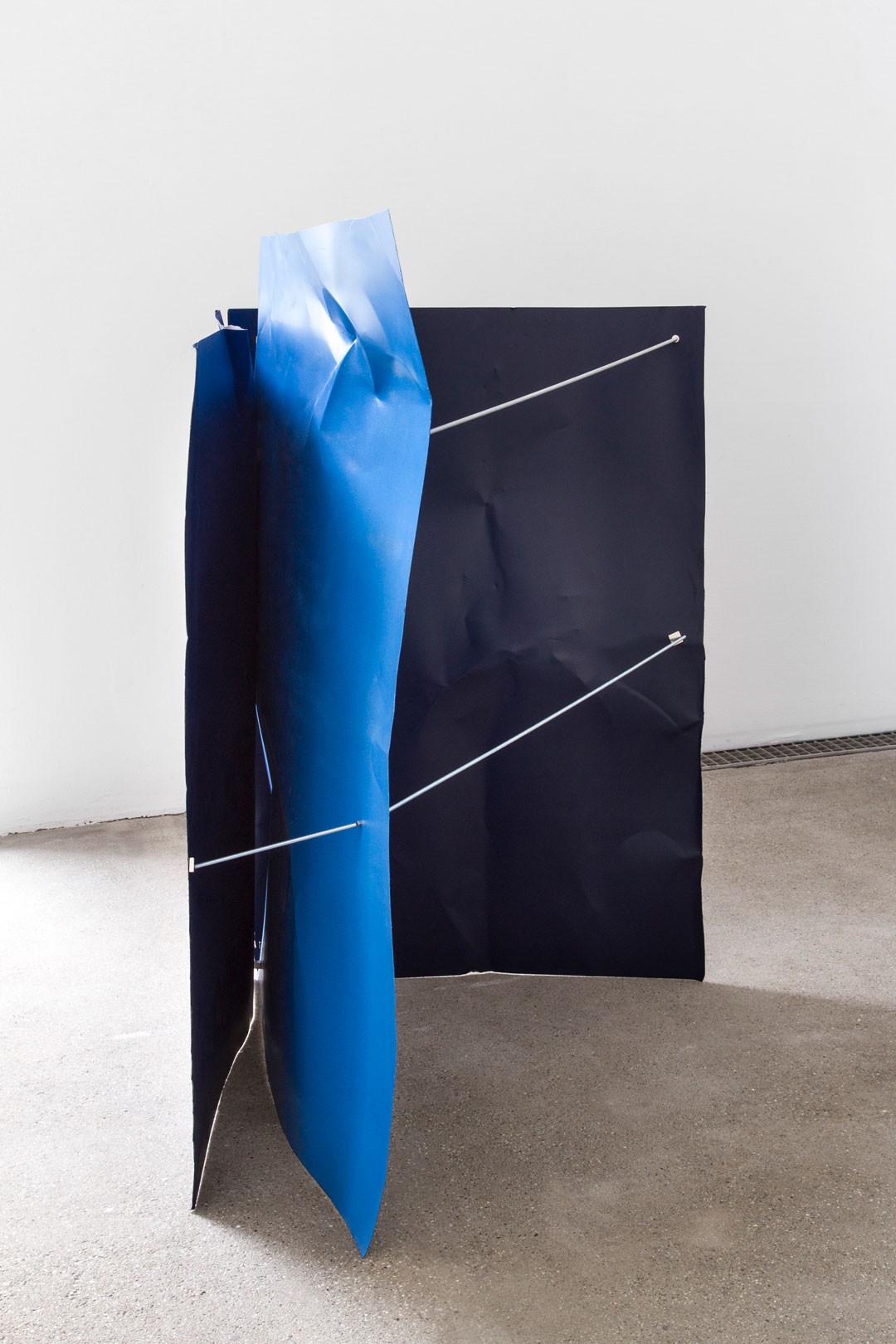
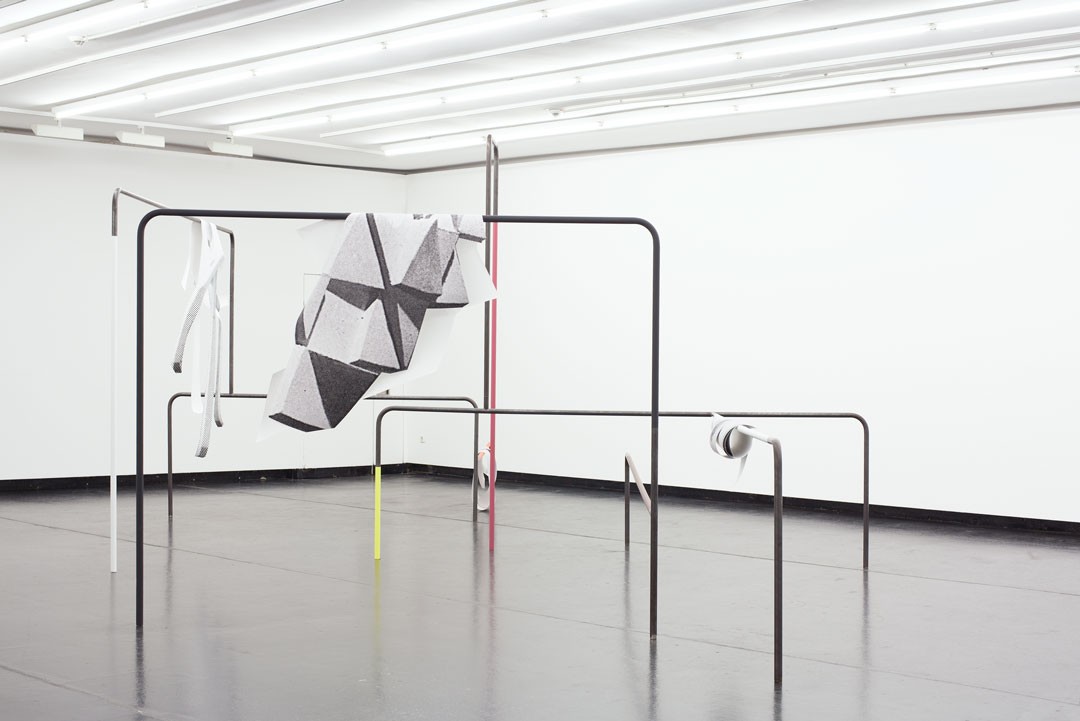
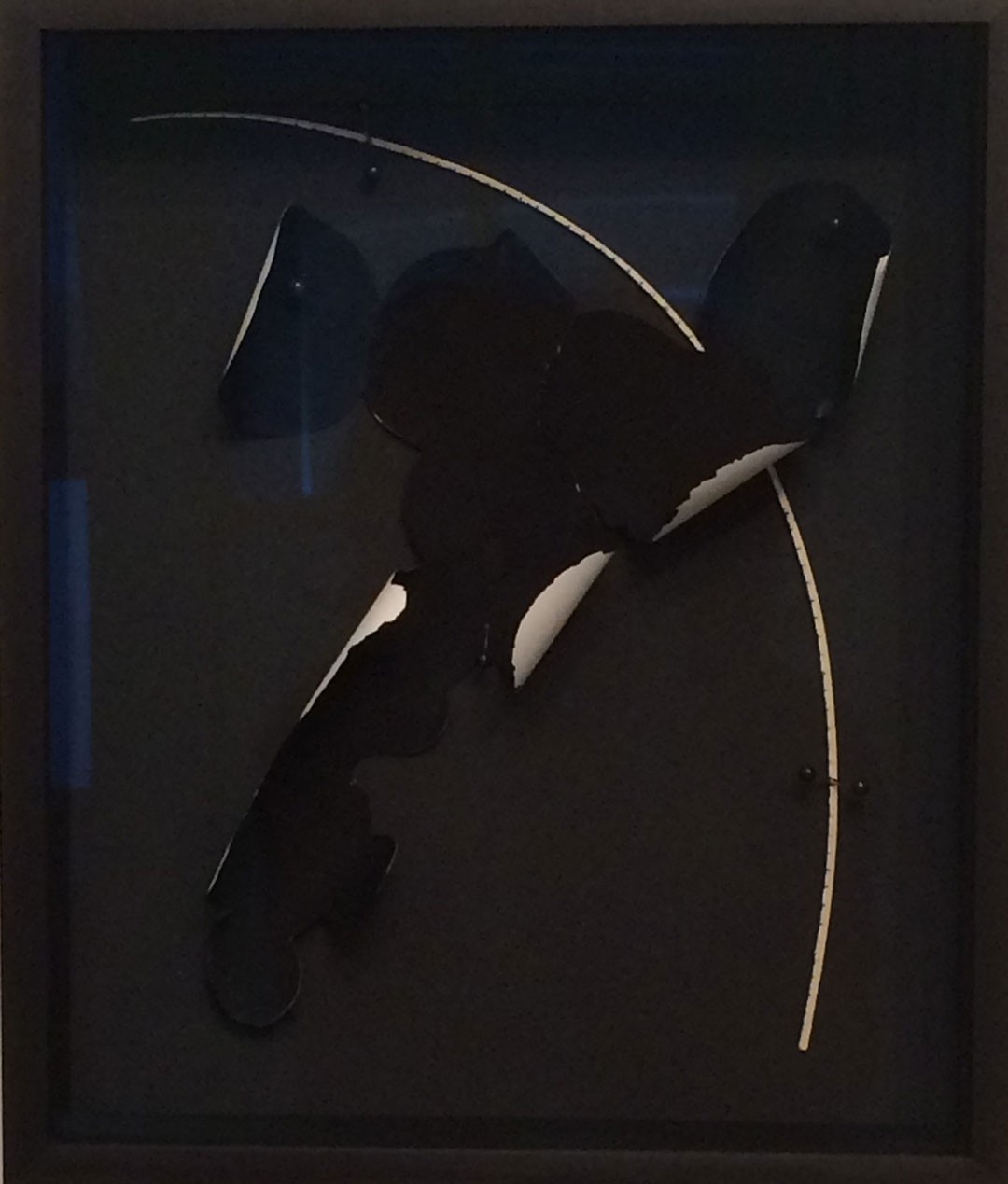

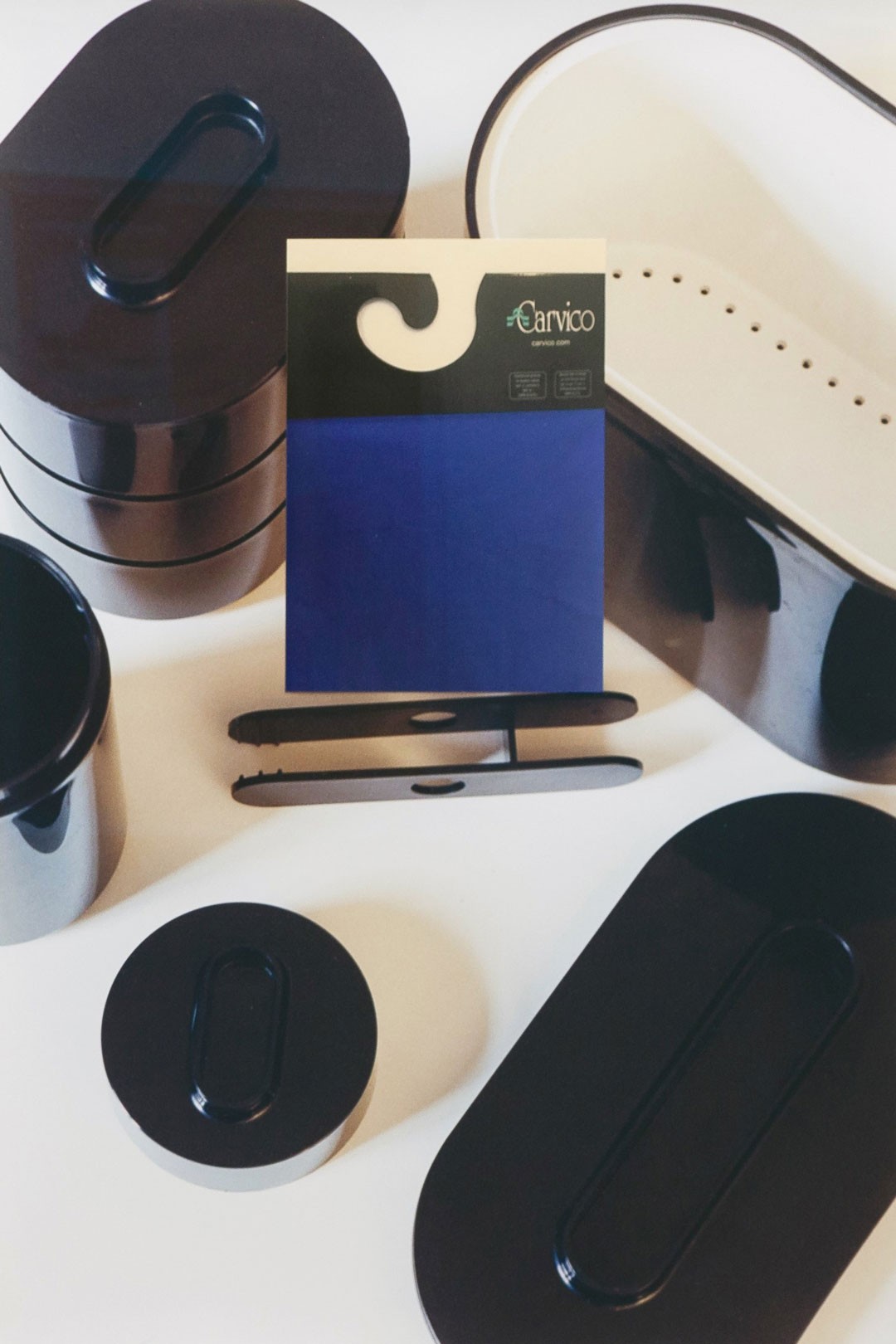
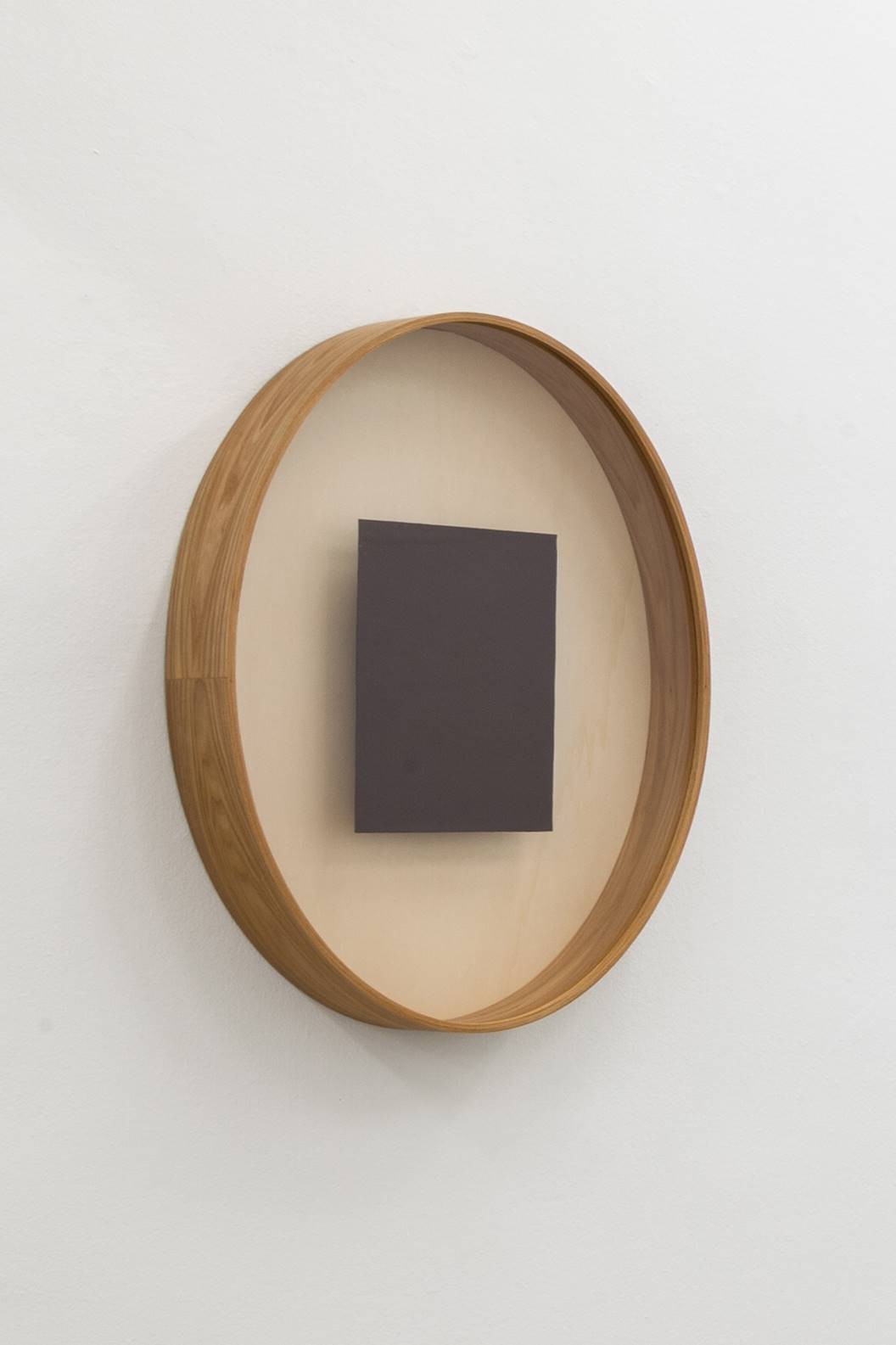
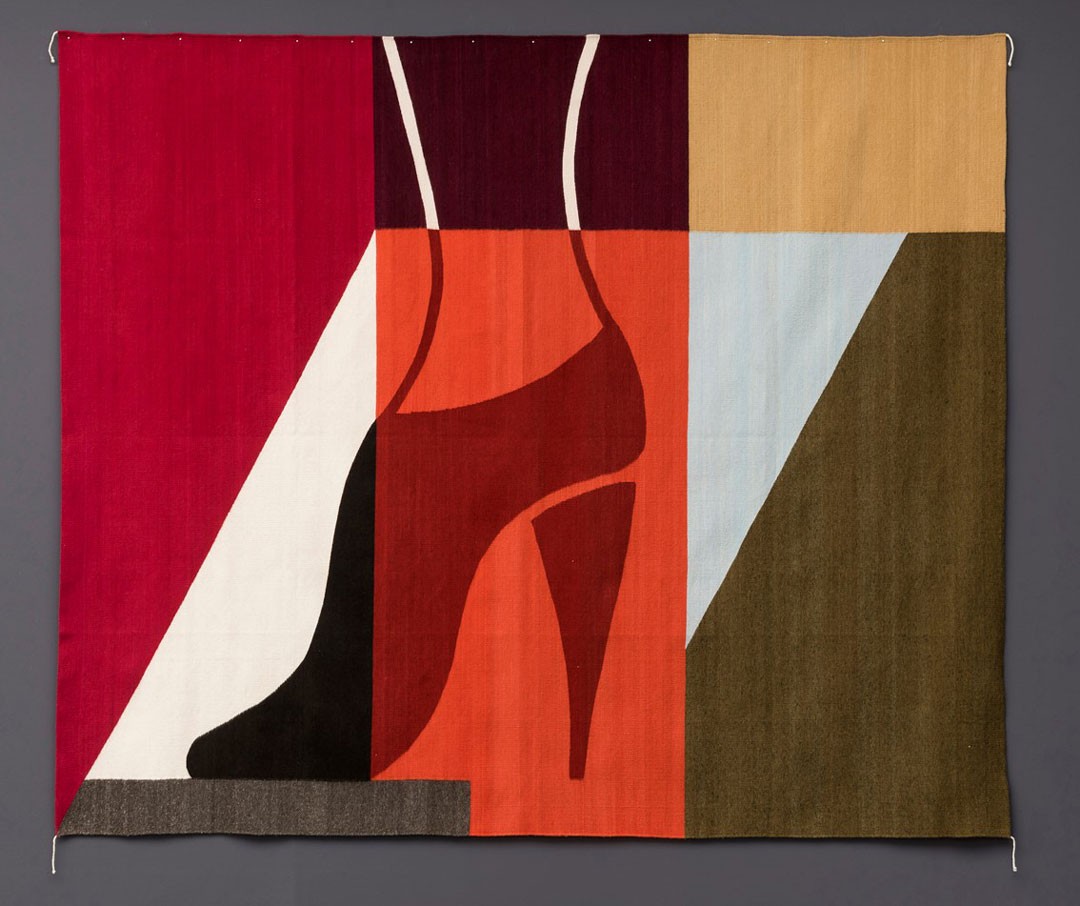
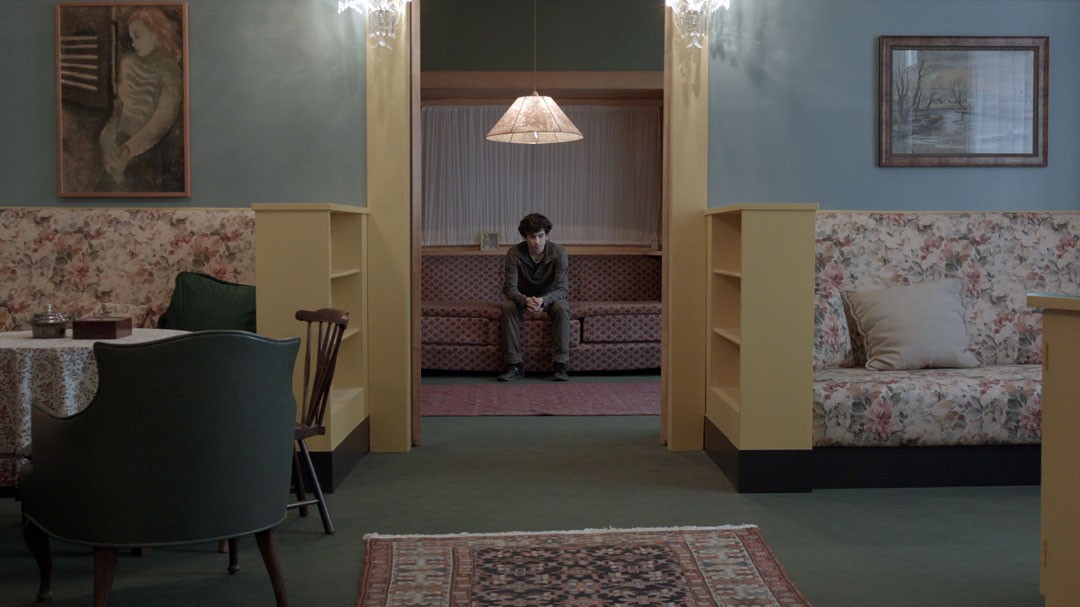


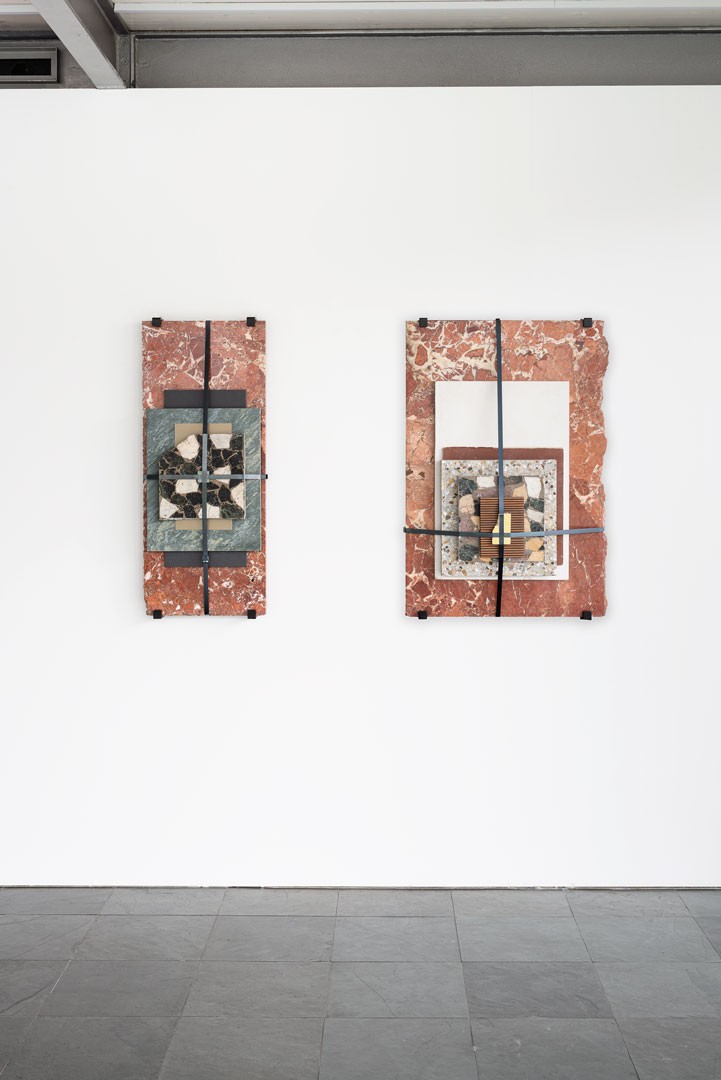

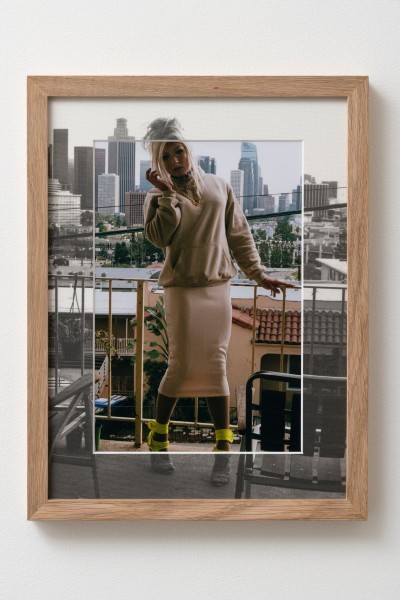
![<BODY>GK 741<br />Luisa Kasalicky<br />From the series Wovon sprechen wir? [What Are We Talking About?], 2021<br />Plaster, pigment and paint on wood and Botament<br />143 x 45 x 3.6 cm<br type="_moz" /></BODY>](/jart/prj3/mak-resp/images/cache/a50e265047be934db453e16062056a99/0xB7B294972BB3F21ADAB118910853D89B.jpeg)
![<BODY>KI 23572<br />Andreas Duscha<br />Industriemelanismus [Industrial Melanism], 2021<br />(light)<br />B/w photographs on Baryta paper, framed<br />Outer dimensions: 49.5 x 44.5 cm<br />Industriemelanismus [Industrial Melanism], 2021<br />(dark)<br />B/w photographs on Baryta paper, framed<br />Outer dimensions: 49.5 x 44.5 cm<br type="_moz" /></BODY>](/jart/prj3/mak-resp/images/cache/6829d2419f1d95096a1f1f01b60b0101/0x52B47842958C3934C36C8FC74ECD5014.jpeg)
